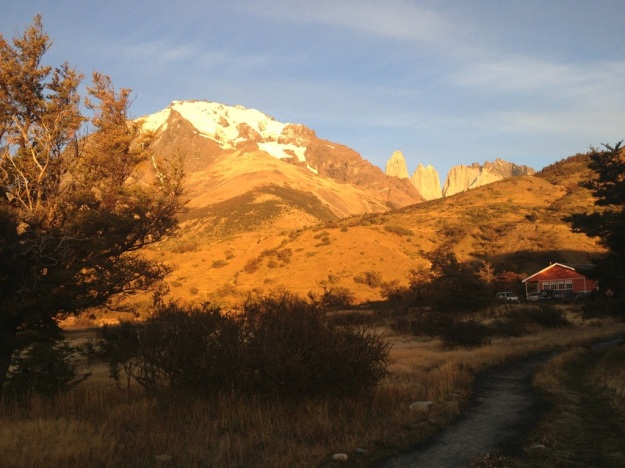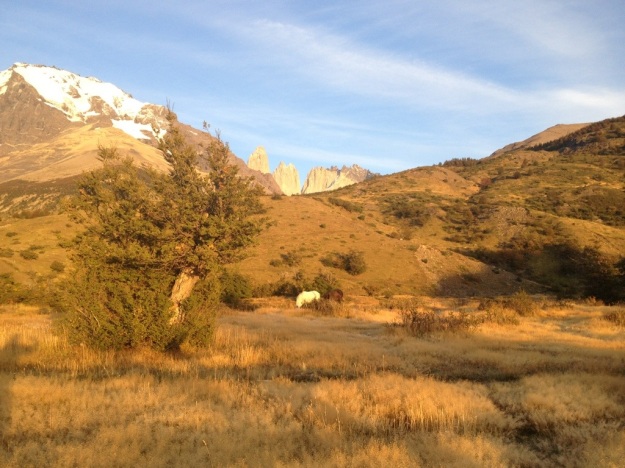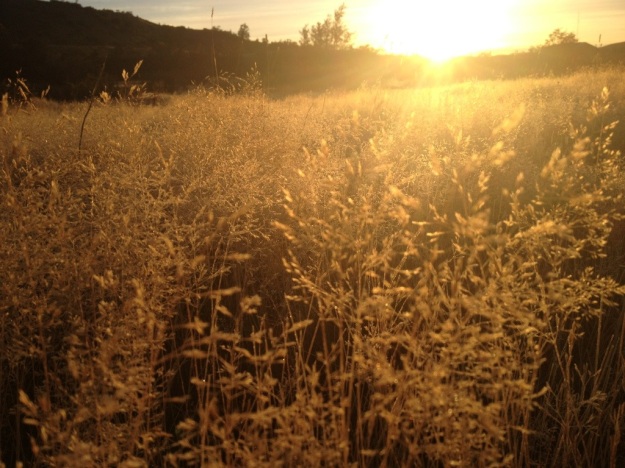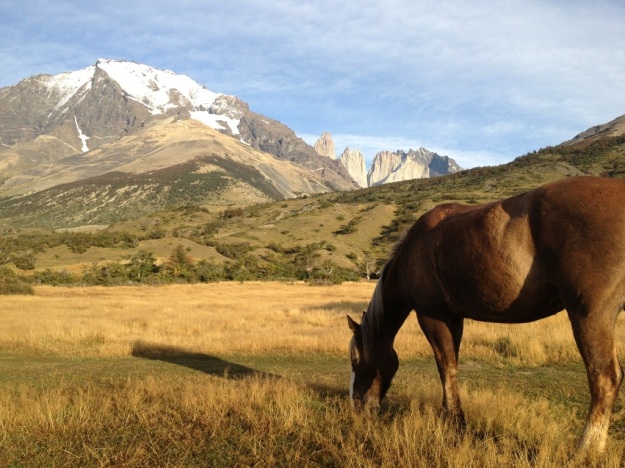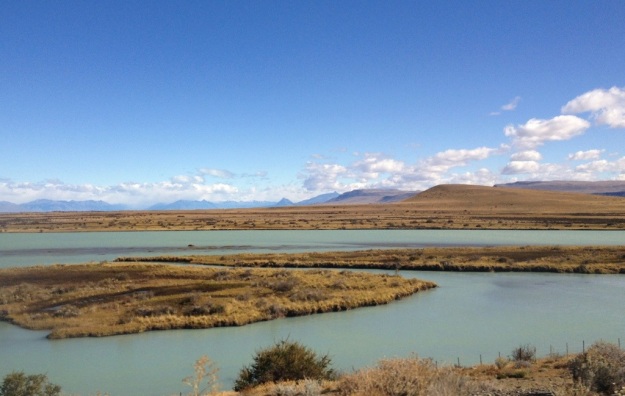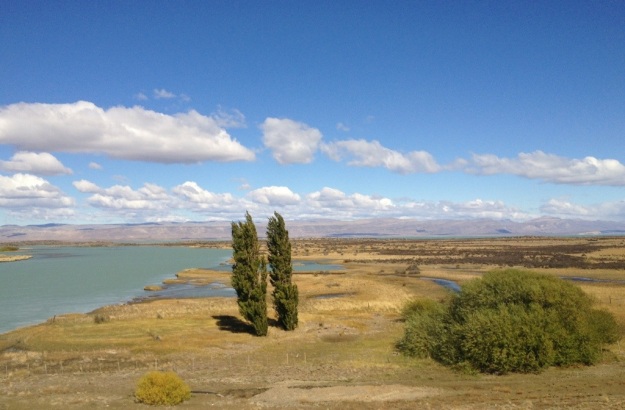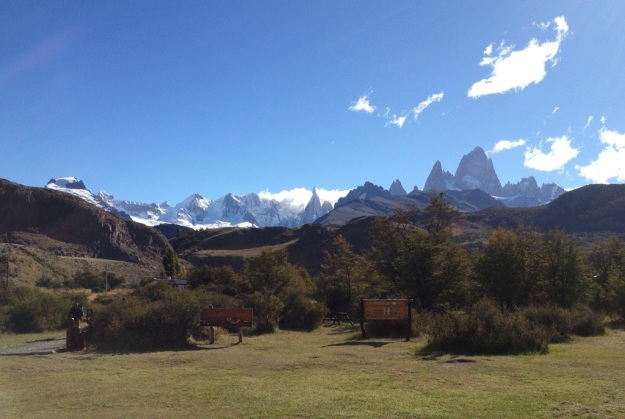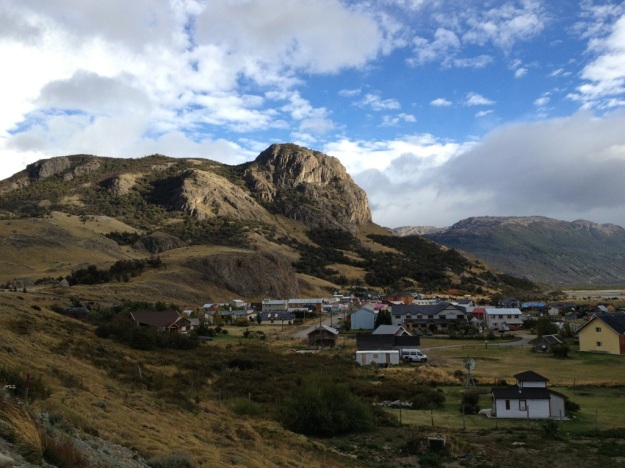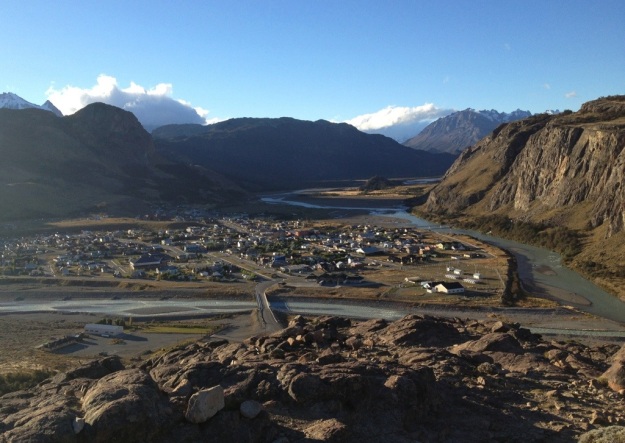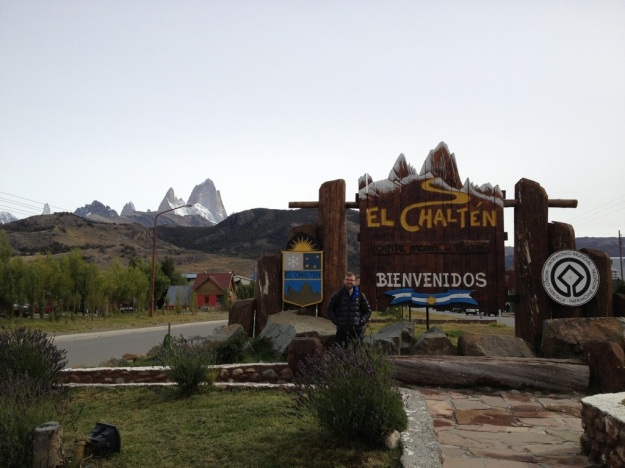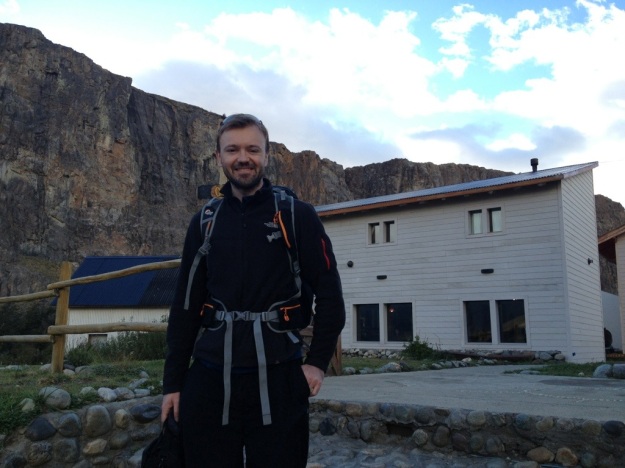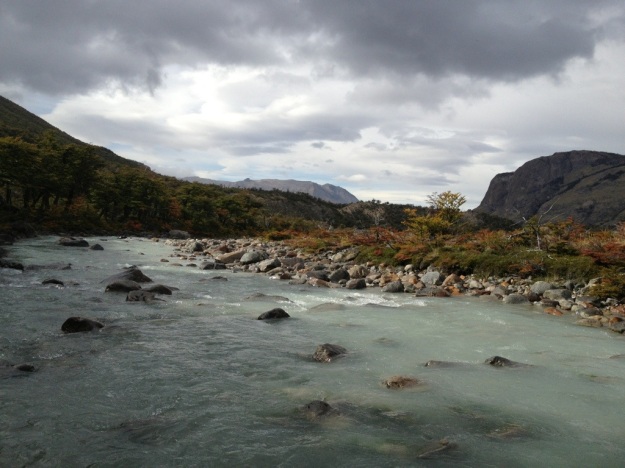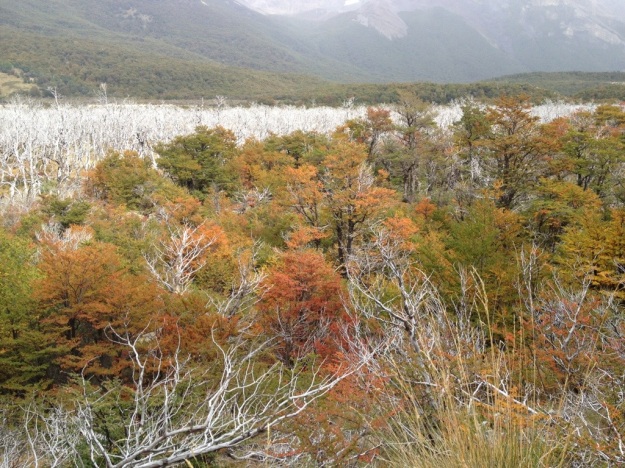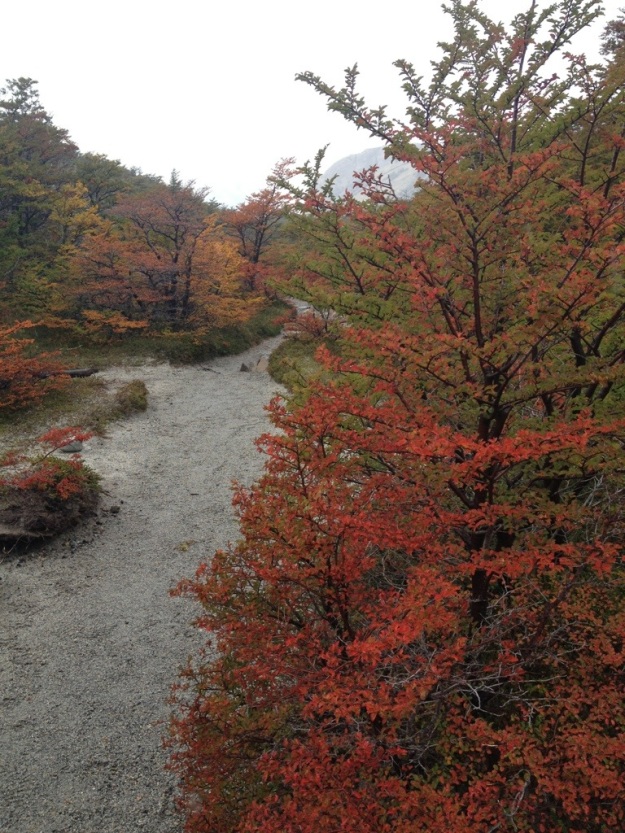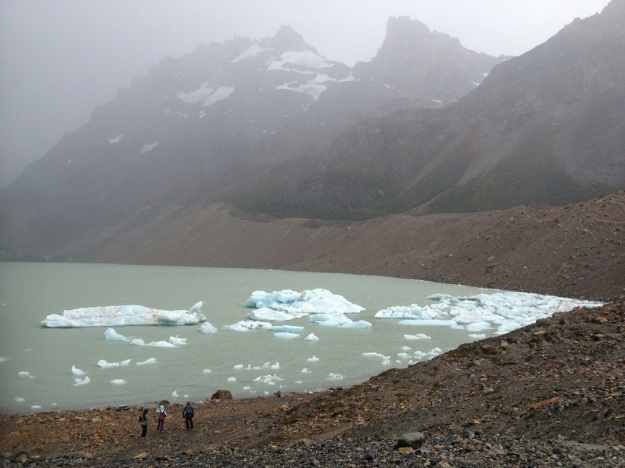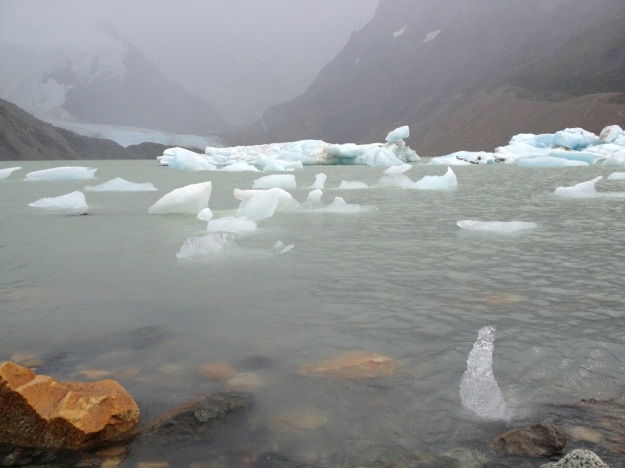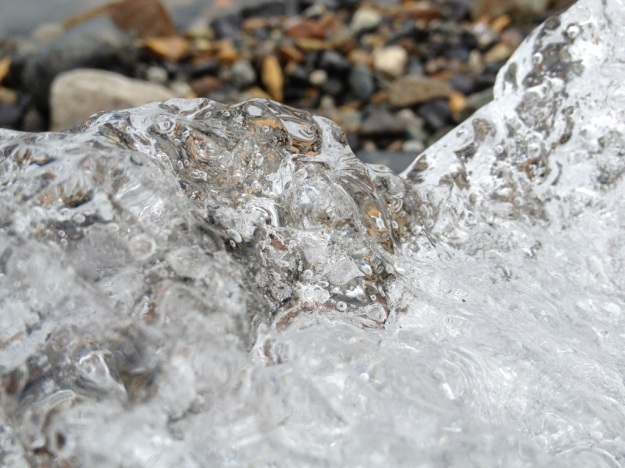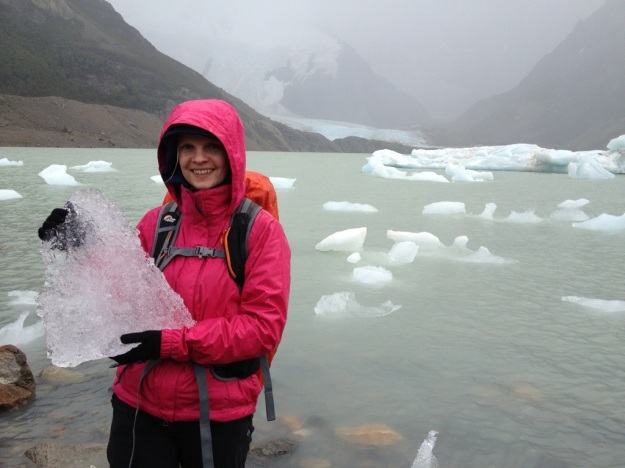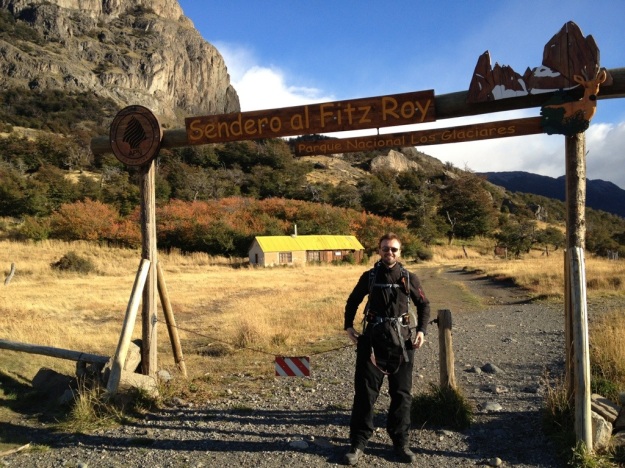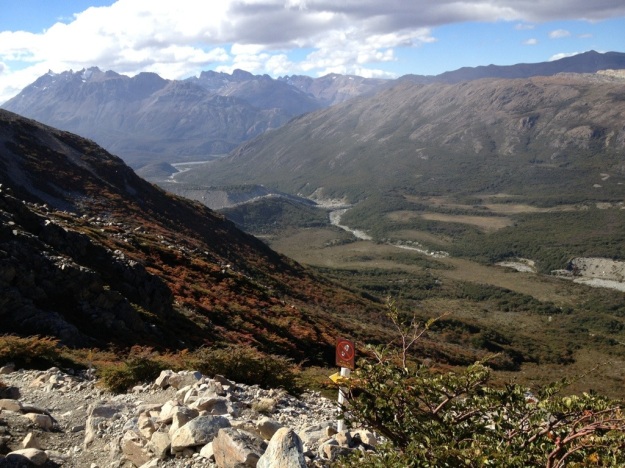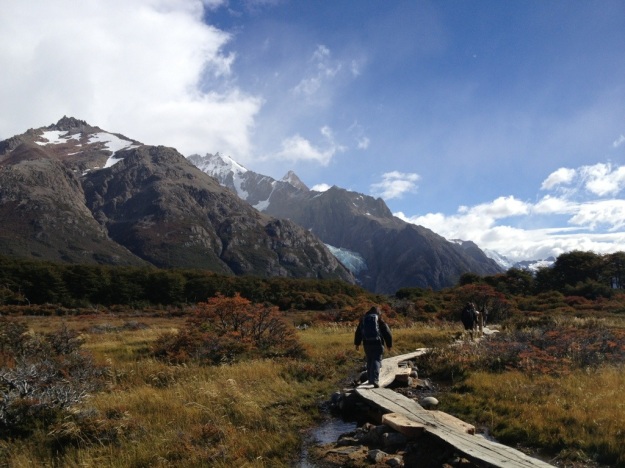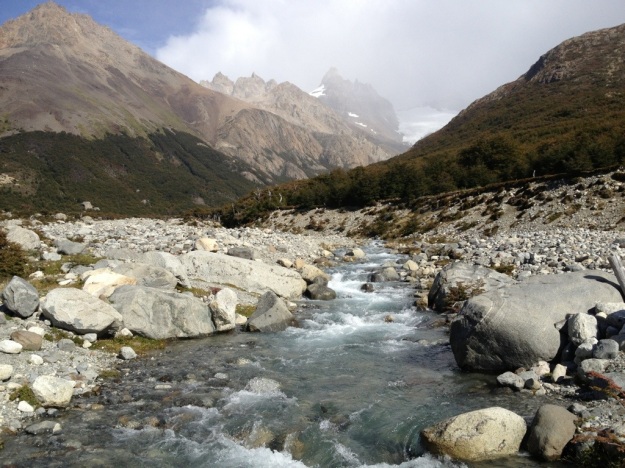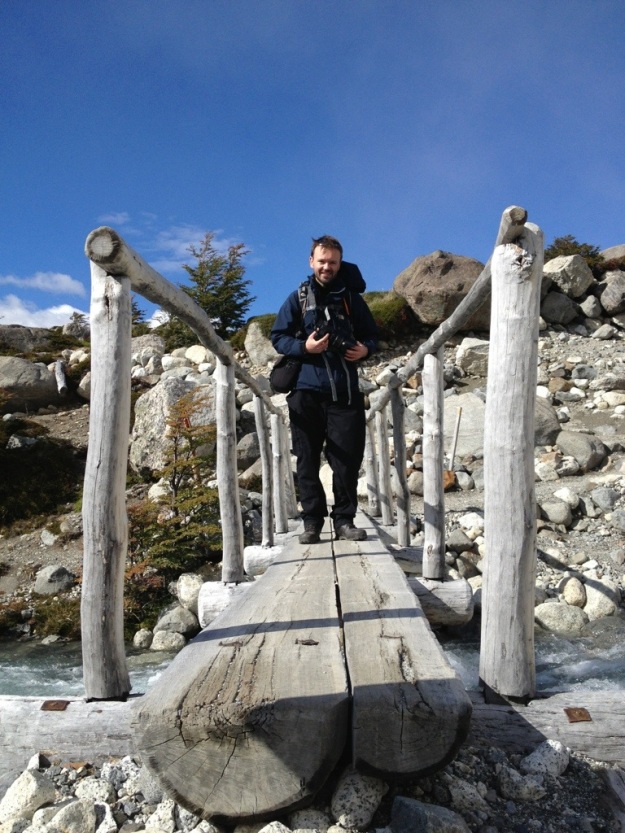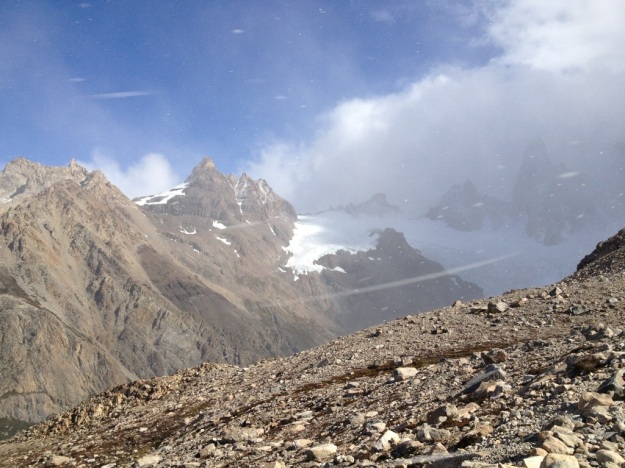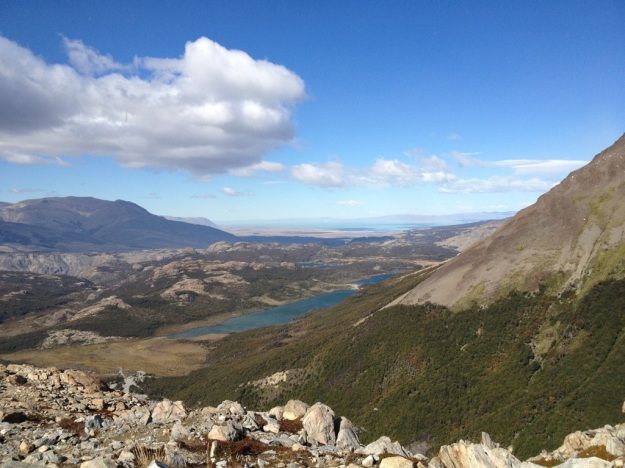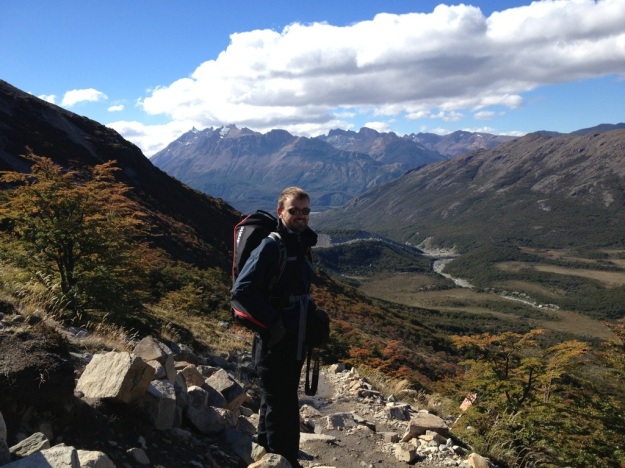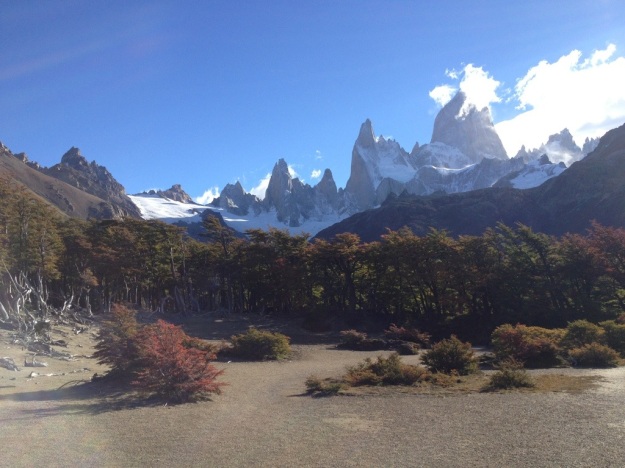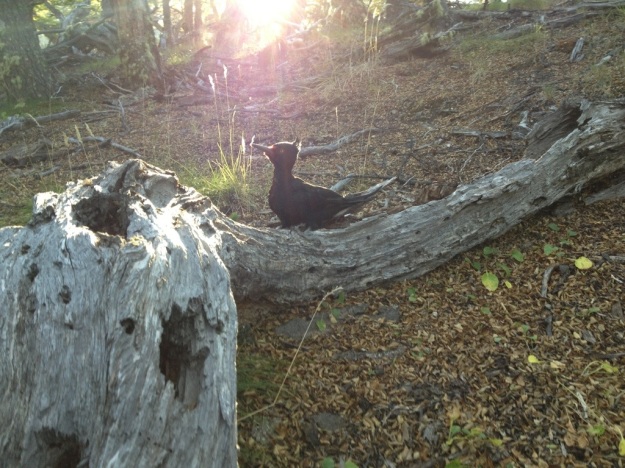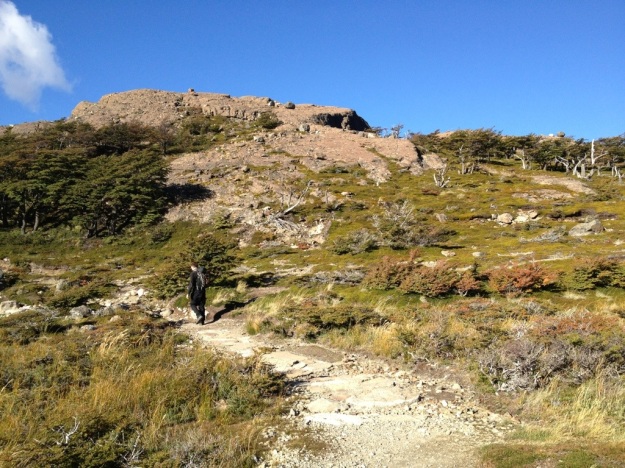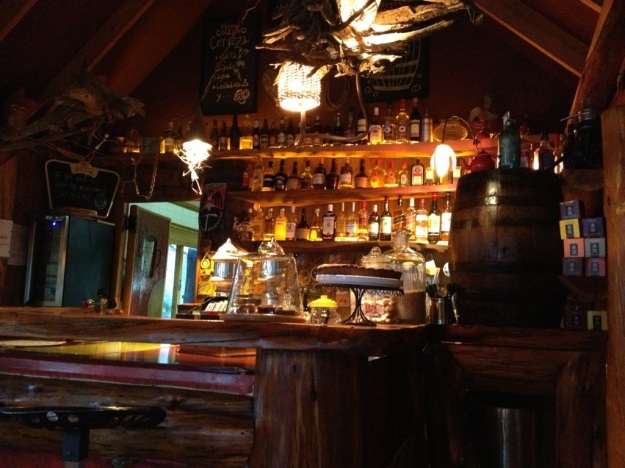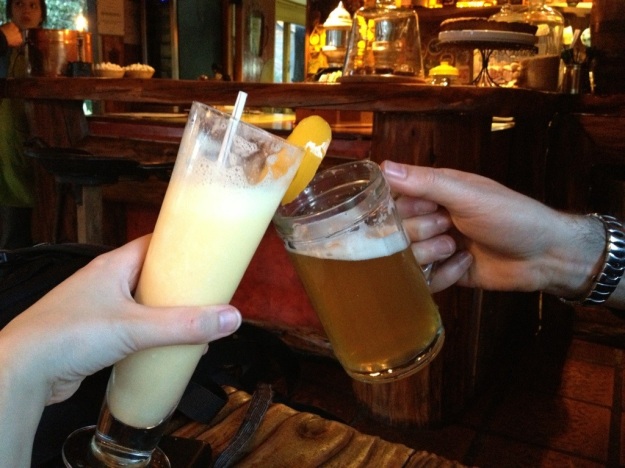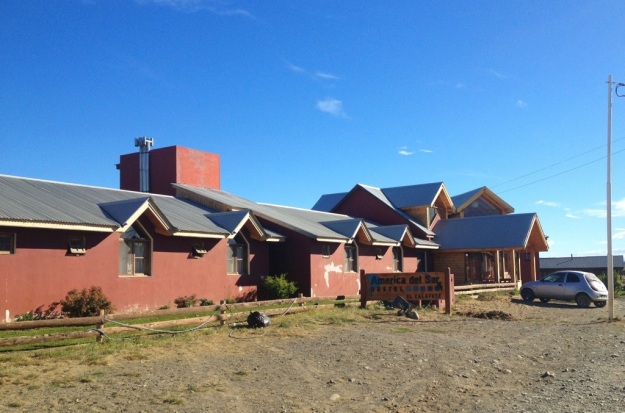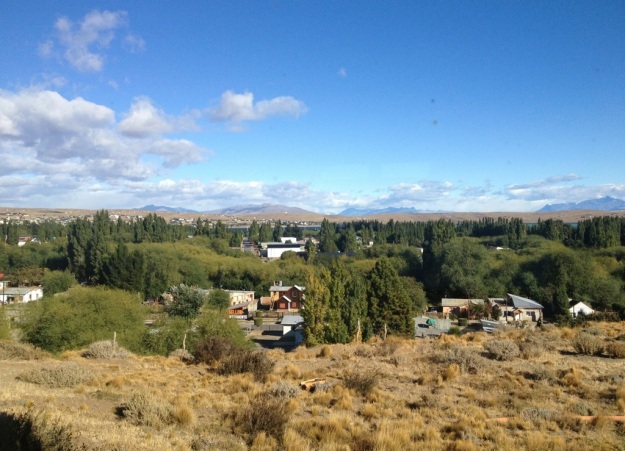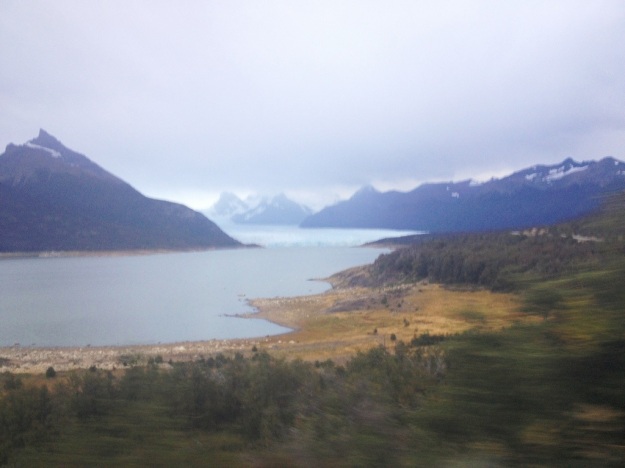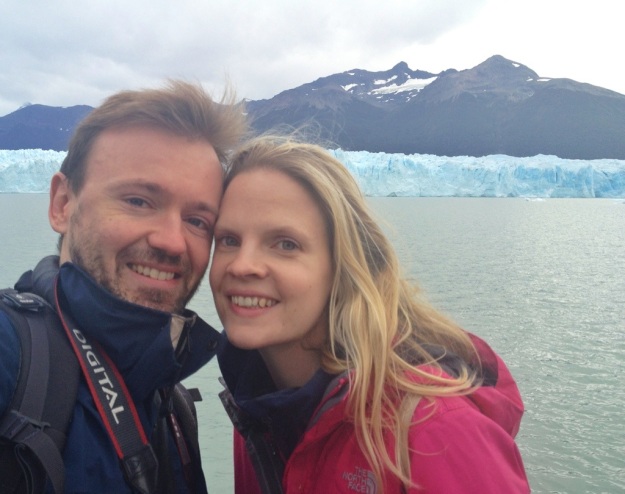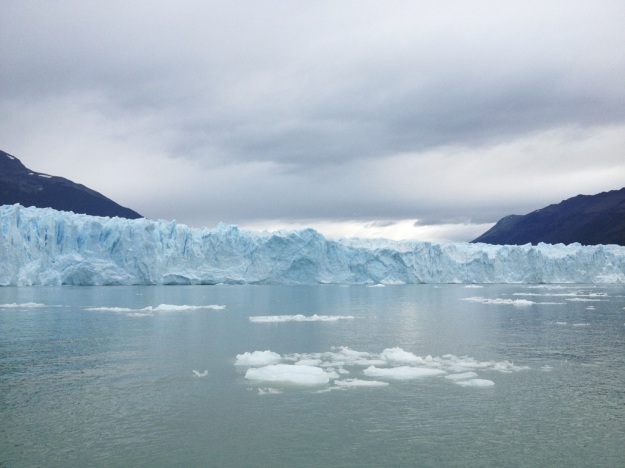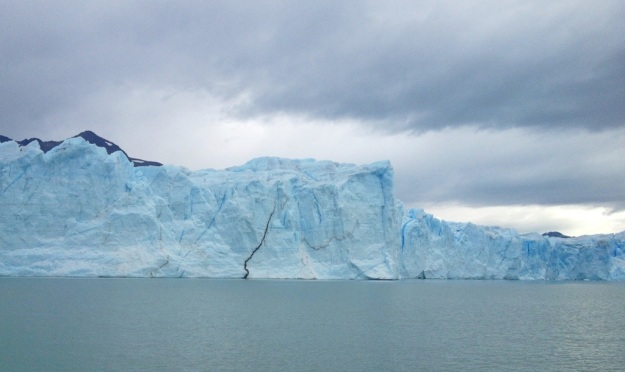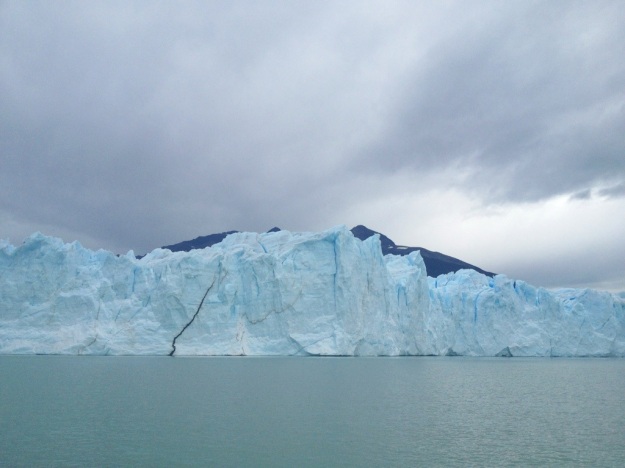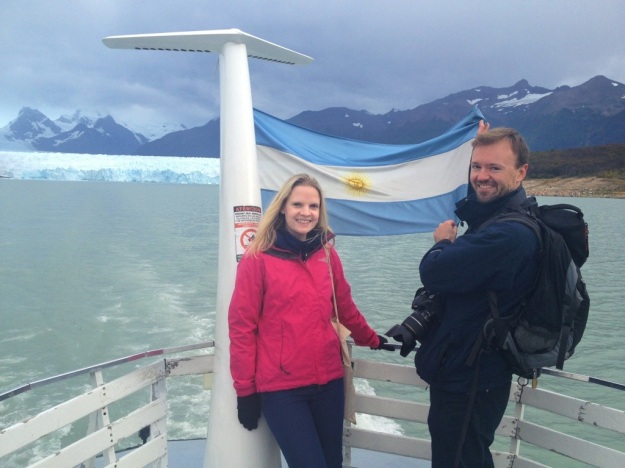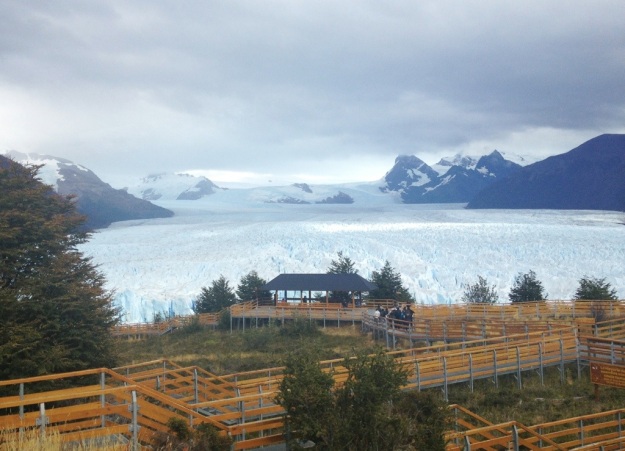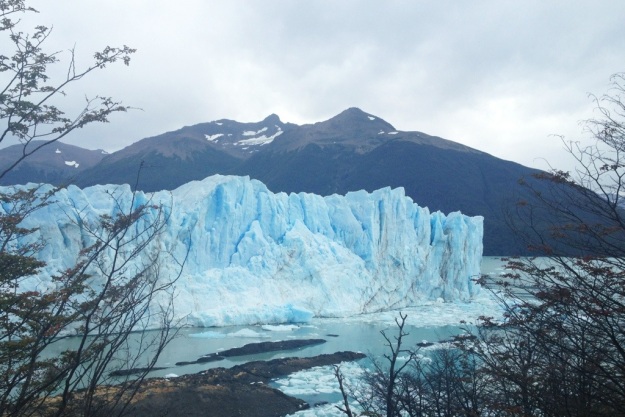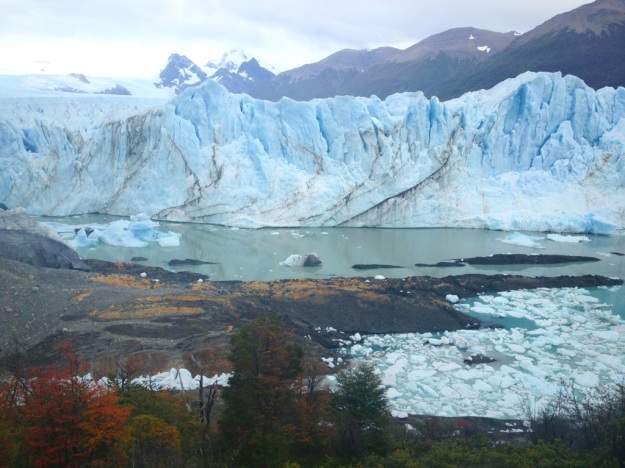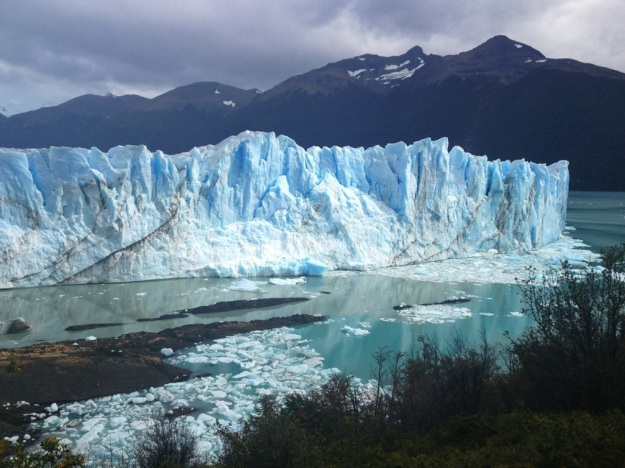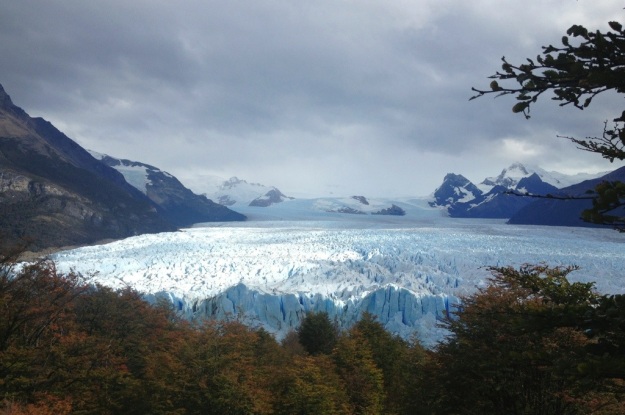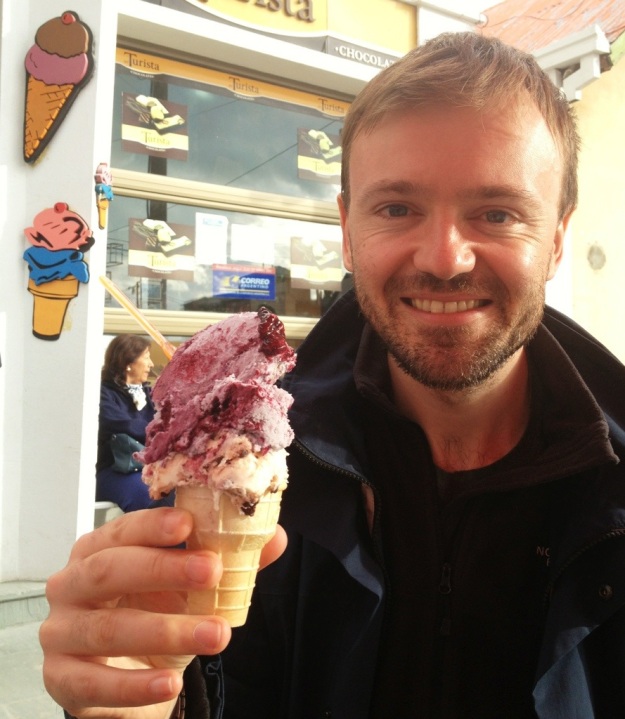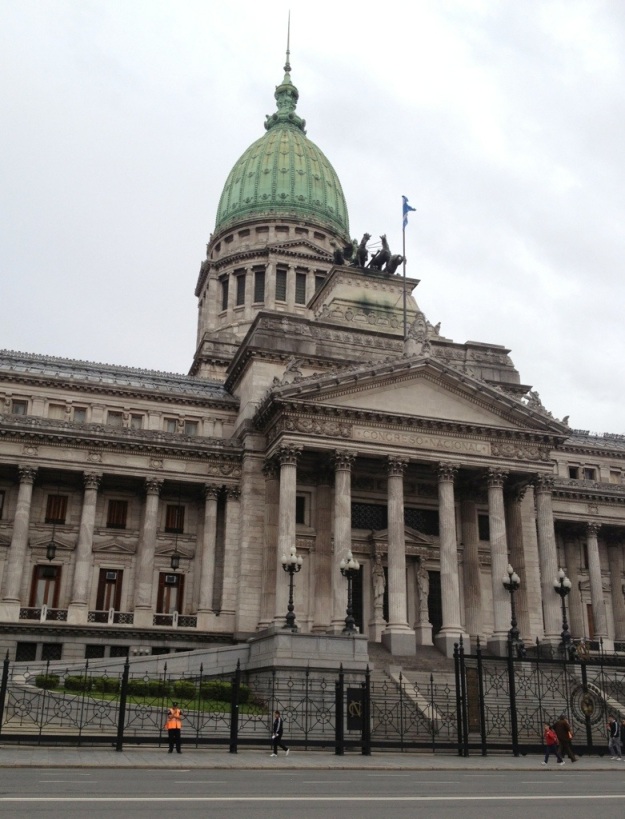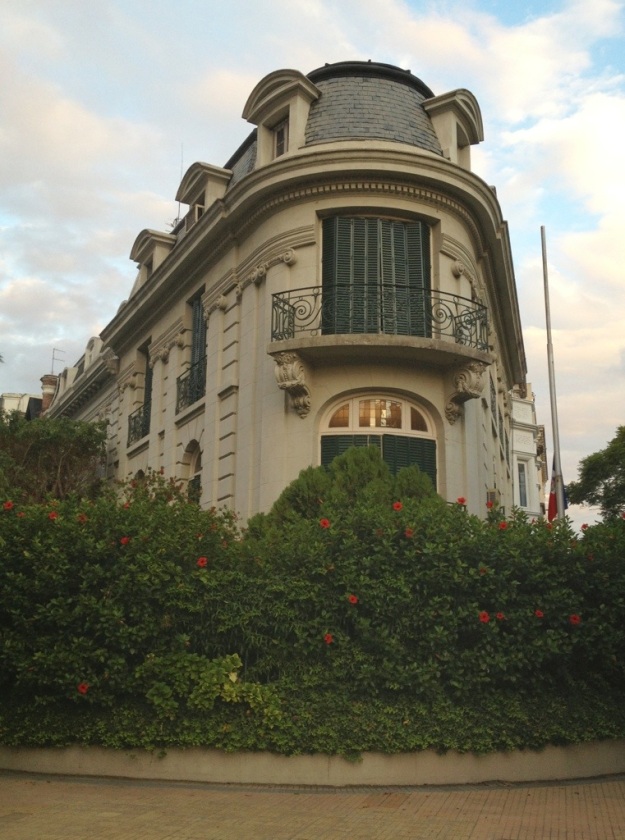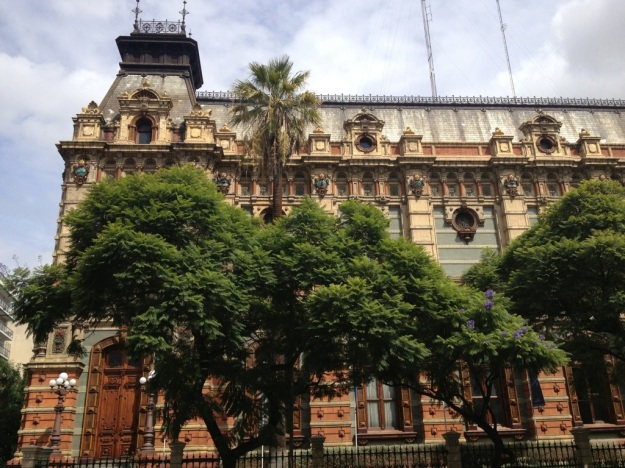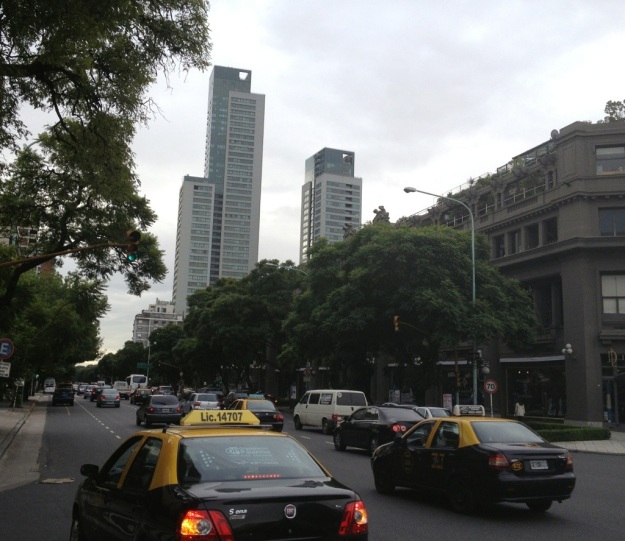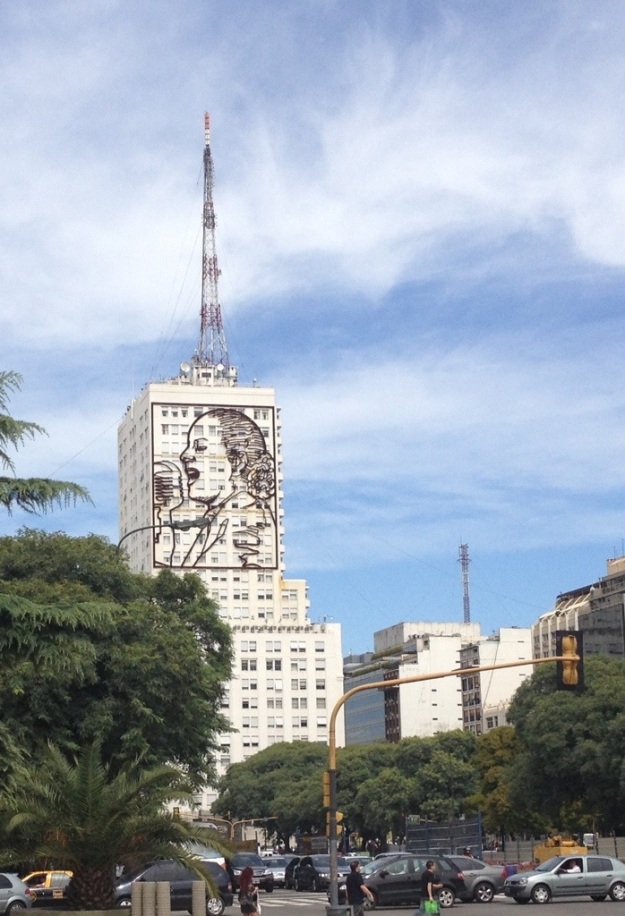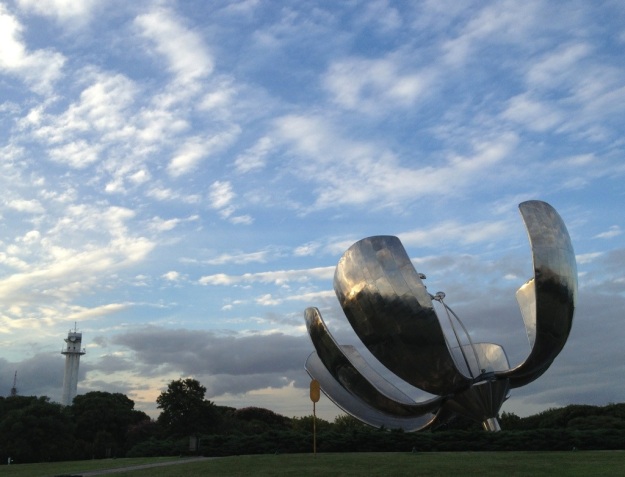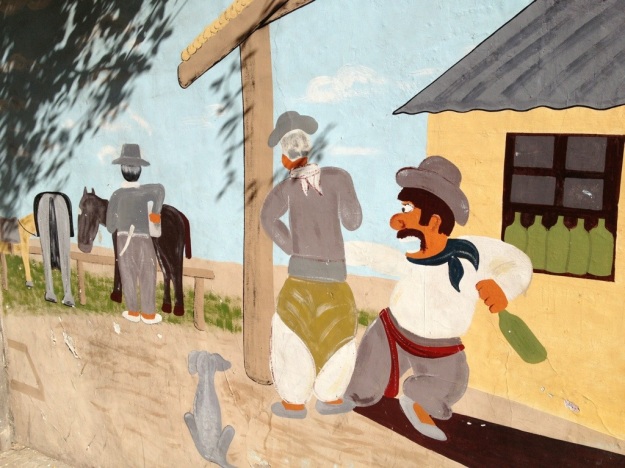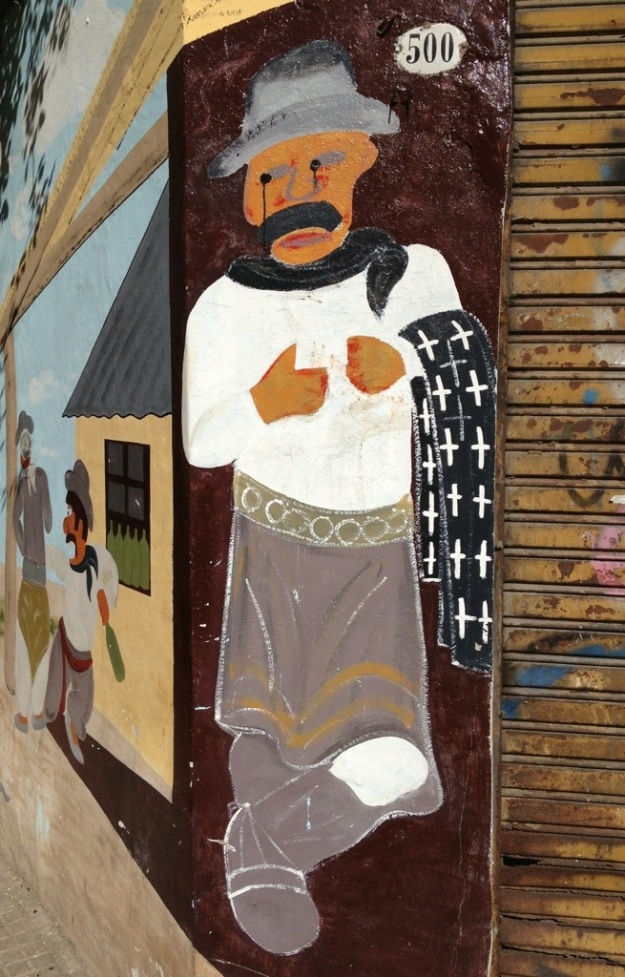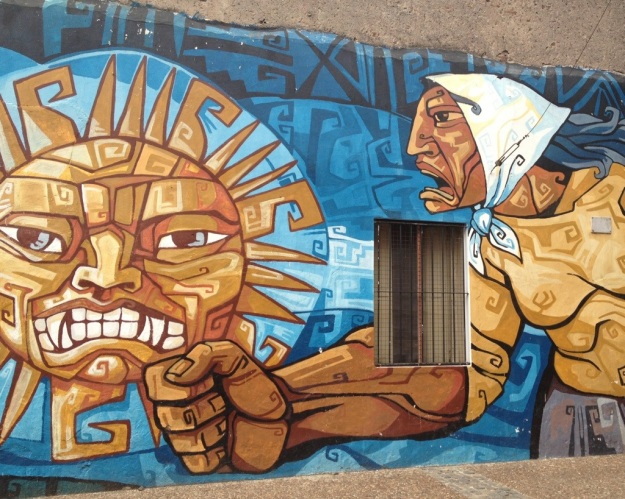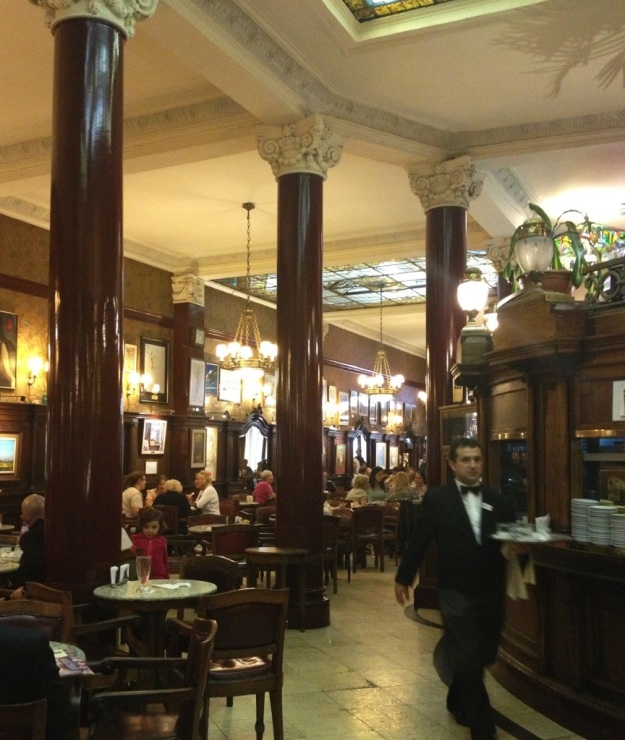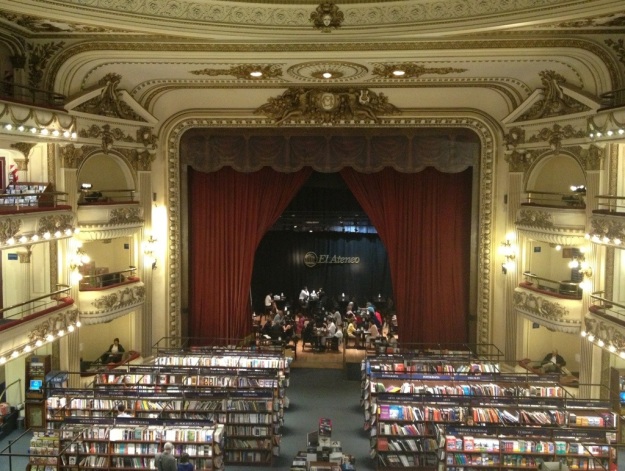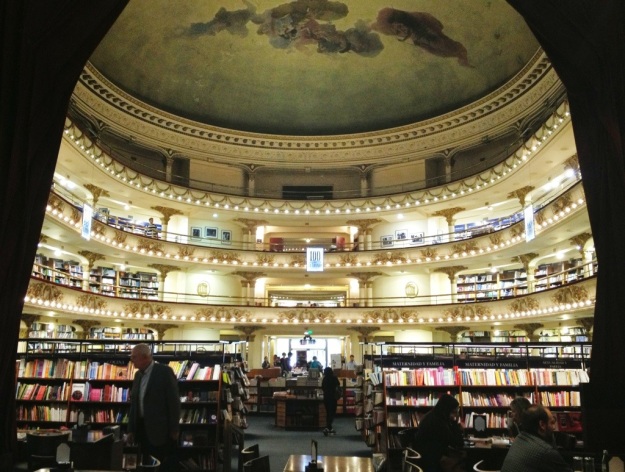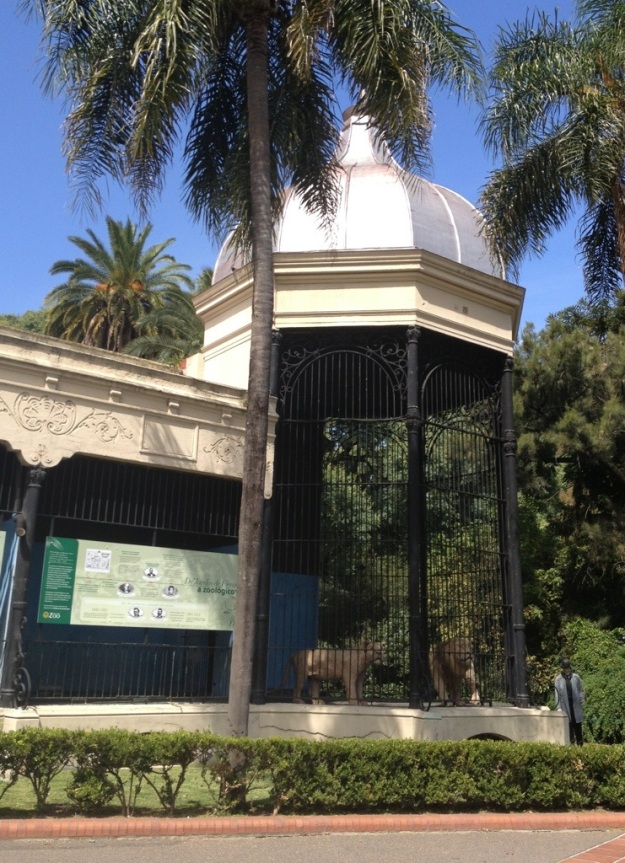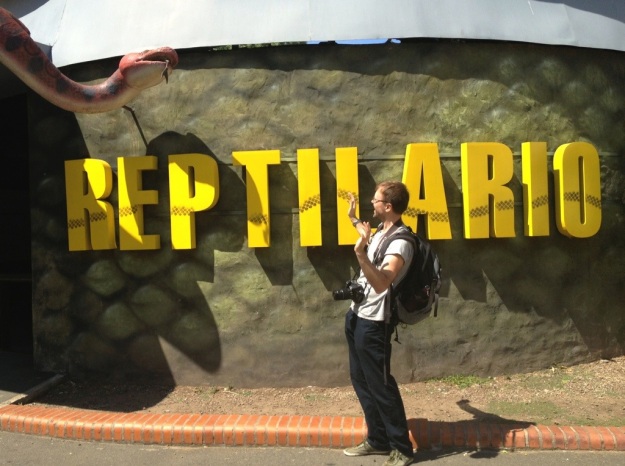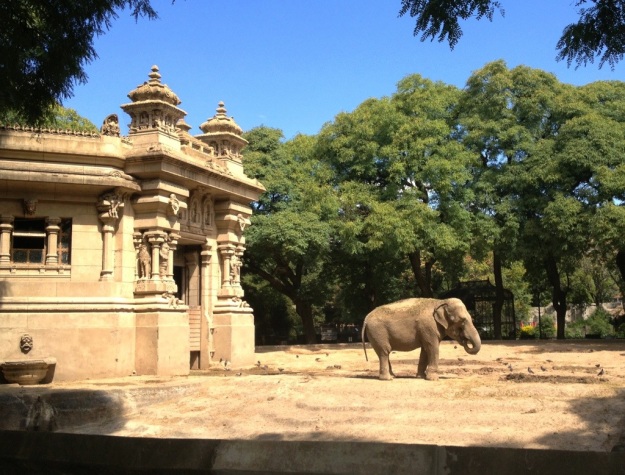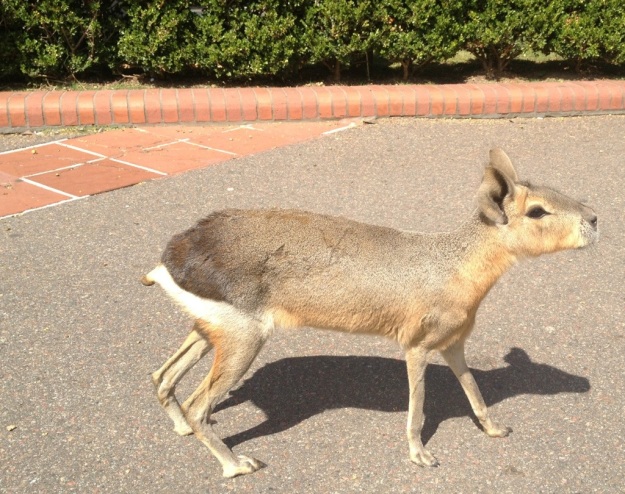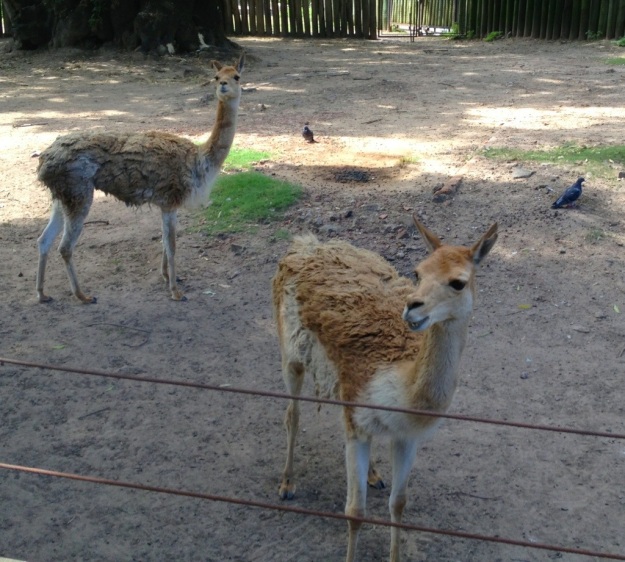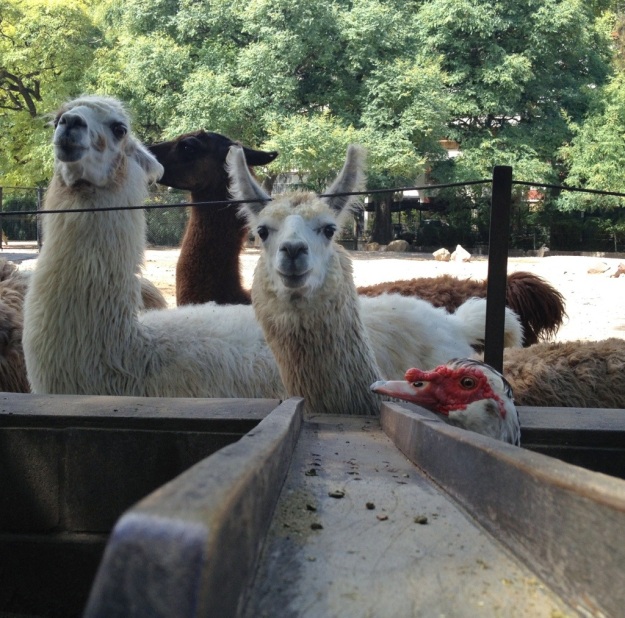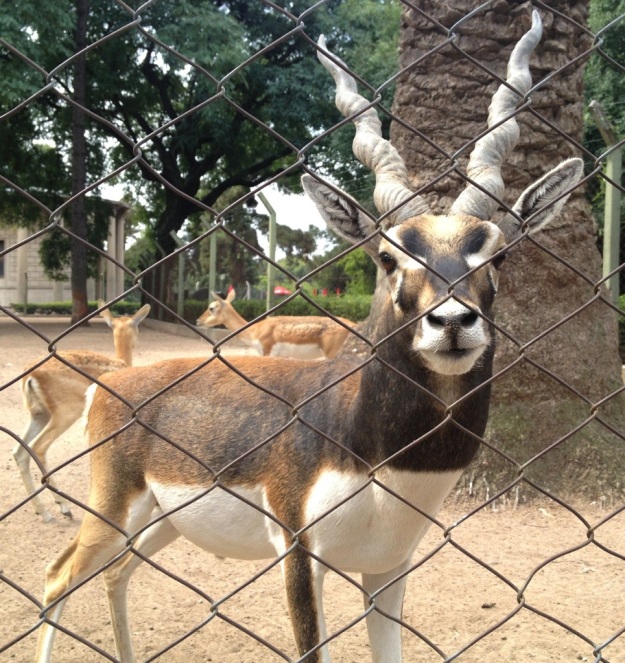A city at the end of the world, it sounds so dramatic, so foreign and otherworldly like a place in childhood fairytale. One that is also on an island of fire sounded just too good to miss so we jumped on a plane and headed south.
Ushuaia is the city at the end of the world. Sure there are a few small towns technically closer to the South Pole but nothing as big as Ushuaia. It’s found on the island of Tierra del Fuego (yes indeed the fabled island of fire) which is shared by Argentina and Chile, Ushuaia being in the Argentinian part.
It’s a Mecca for travellers seeking adventure and an albeit pricey once in a lifetime experience. From here ships and boats leave the safe harbour for the choppy open seas heading south to Antartica and it’s islands. Their journey begins along the Magellan straights, before they head into open water where they battle with icebergs and 50ft waves.
Although our funds couldn’t stretch to an Antartic adventure we found plenty to fill our days in the town. Being that many tourists who arrive hang around for only a day or two before sailing south to Antarctica the shops in town definitely are geared to their tastes and pockets. The streets are lined with shops selling extravagantly overpriced outdoor clothing, cameras, chocolate and gifts. If you can write Ushuaia on it they sell it! That said we did indulge in a hot chocolate or two.
The town itself might not be the prettiest but it has the loveliest of settings. Surrounding the town, like a protective bowl are jagged snow topped mountains. Dusty streets with aluminium clad houses of all shapes and sizes, some barely shacks tumble down to the large and busy harbour. There is the air of a gritty frontier town to the place. Away from the tourist centre strip clubs and bars provide entertainment for the sailors. Overall though it’s a quirky and charming place.
At the cosy hostel Antarctica we met a lovely girl named Sarah and decided to hike to the Martial glacier which is in the mountains 7km behind the town. With rucksacks packed we jumped in a taxi to the base of the hill and began our first hike of many hikes of the trip.
The first part of the walk passed alongside the ski lift into the forest, crossing over icy streams. Next we climbed above the tree line and the ground steeply gave way to slippery scree as the wind picked up giving us our first taste of the fabled Patagonian weather. Luckily the buffeting blasts of wind didn’t hinder our progress and we reached the base of the glacier to enjoy the amazing view of the bay of Ushuaia below. Lunch was eaten in an equally scenic spot and appetites sated we headed back towards town.
On our return journey we decided to walk the extra 7km to town and acquired a few companions. Two dogs who we at first thought belonged to someone at the ski centre bounded ahead of us on the switch back road, occasionally chasing each other into the woods. Every now and then they would disappear only to rush out into the road barking, tails frantically wagging as they chased the cars that passed by. As the town loomed closer one of the dogs disappeared leaving the other alone.
Ushuaia like most of South America is full of stray dogs. Many are harmless but a few, especially those in Ushuaia are pretty scary to be honest. Stetson as Sarah named him was a cool dude of a dog. His smelly fur was dirty and matted, almost like dreadlocks but such was his kindly nature he walked through the town without flinching as dogs of all sizes snapped, barked and growled at him as we passed by. Not one could provoke him to react. He was like a lone ranger in a canine Western, quietly passing through the frontier town, and we were very grateful of his company. It was hard to leave him once were we safely back at the hostel. We saw him in town over the next few days which sadly confirmed our suspicions that he was a stray. I can only hope he has a friendly companion and place to keep warm as the Patagonian winters are particularly harsh.
The next day we decided to follow in a few of Darwin’s footsteps and take a trip along the Beagle Channel, named after his expedition boat of 1832. From our modern boat we saw lots of sea lions lazing on the rocks in the channel. They are huge creatures. Noisy and very smelly too but great to see them in the wild. In addition to seabirds such as cormorants and gulls we also saw penguins. Although most of the colony had left we still managed to see many native Megallenic penguins and 25 pairs of Gentoo on the rocky beach. It was so exciting to see them, if a little strange without their typical icy background. Returning to port we enjoyed the dramatic scenery as the sun began to dip below the mountains.
For our last day we headed for the Tierra del Fuego National Park. This relatively small park of 68,909 hectares was founded in 1960 and protects the southern tip of the Andes to the Beagle Channel. All of the accessible walking paths are close to the Beagle Channel and pass through ancient Lenga (deciduous) and Guindo (evergreen) forests and peat bogs.
After a gloomily soggy start the rain fortunately thinned out and we had a lovely day walking along the costal paths. The early bad weather seemed to have put off many visitors. For most of the day we hardly saw another sole which was great. The costal path wound in and out of the woods dropping here and there to rocky bays with white shell beaches. Sunshine and showers created regular rainbows which seemed to greet us at every bay. As an introduction to walking in Patagonia we couldn’t have asked for a lovelier day.
So having begun our Patagonian adventures we said goodbye to the scenic Ushuaia and headed north to El Calyfate in search of ice.
Heading up to the glacier
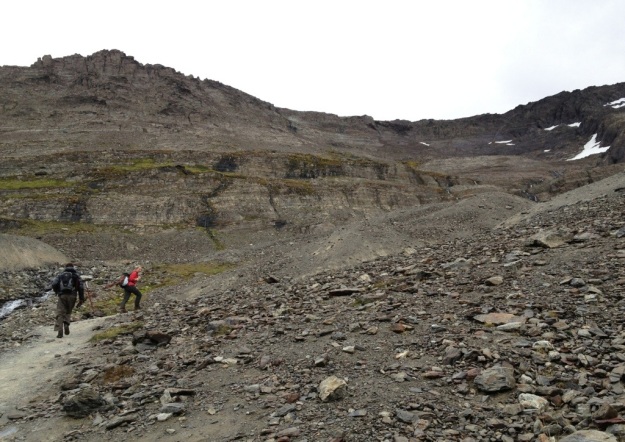
Just in case we missed it…
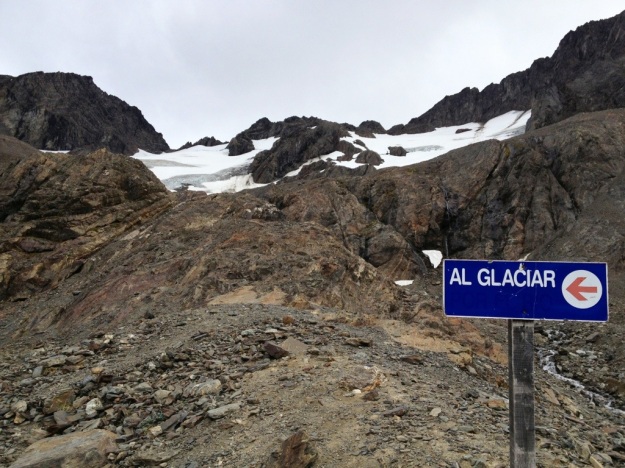
Yes, that’s it behind us
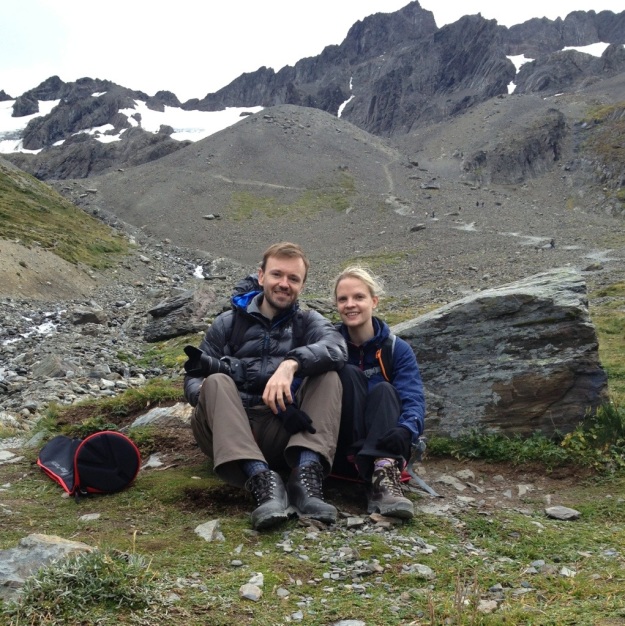
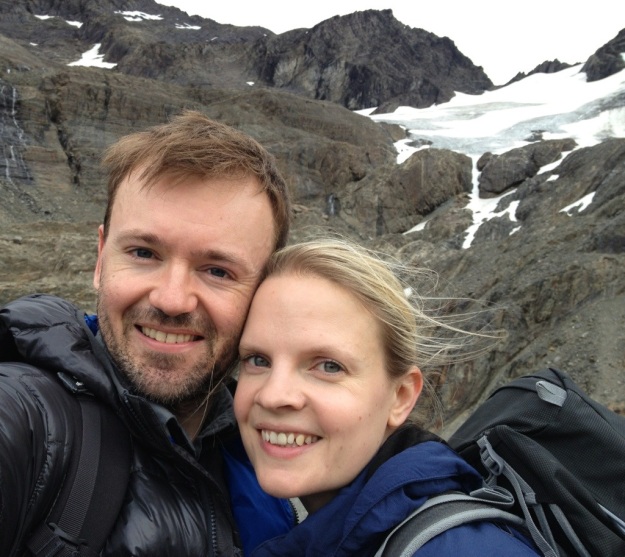
Ushuaia bay from the top
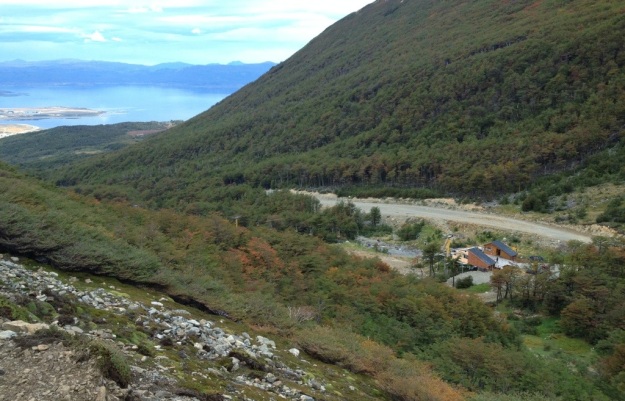

Autumn was just starting to show in the trees
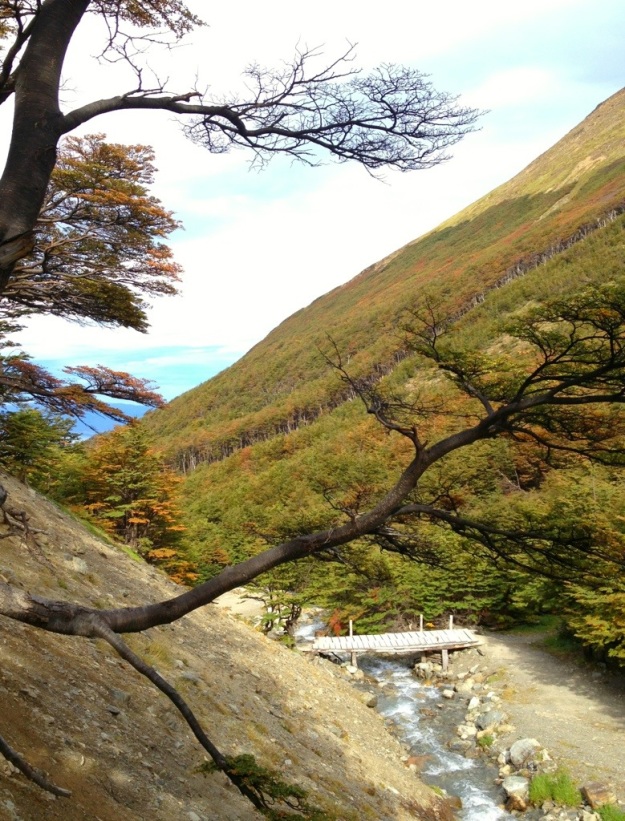
It’s officially the end of the world (well the sign says so)
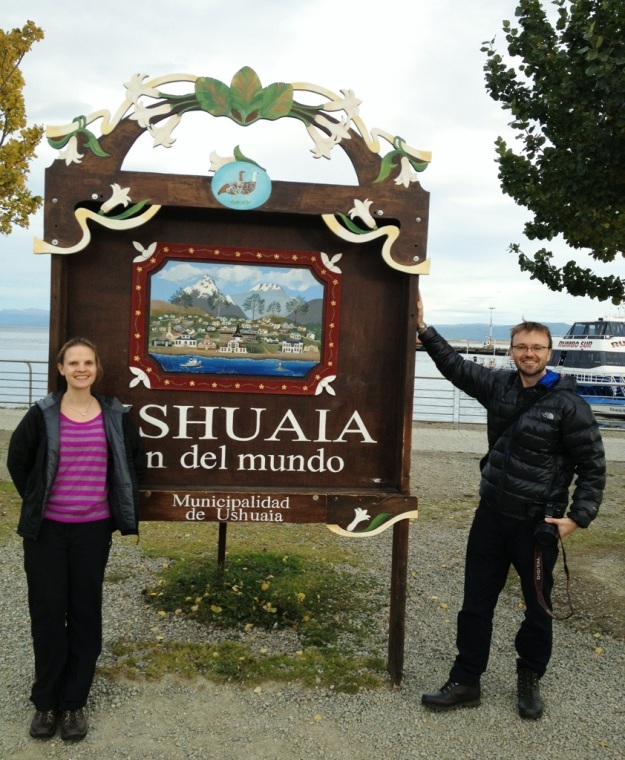
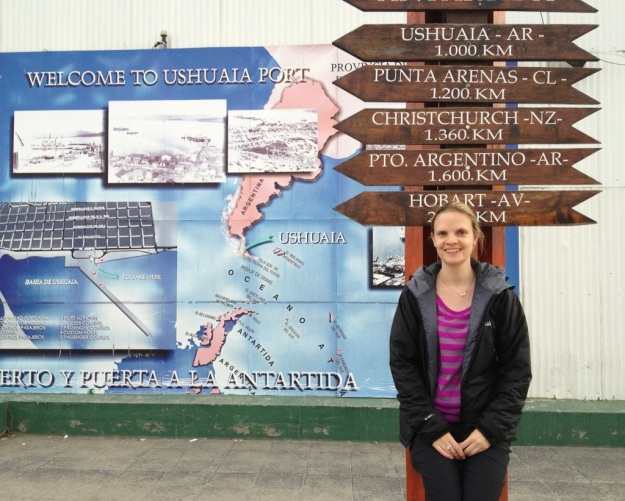
Let’s just say the British and the Argentinians have a difference of opinion
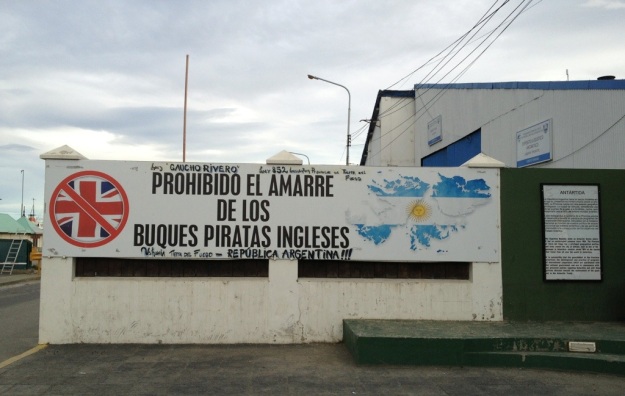
A mural showing the original inhabitants of Ushuaia, the Yamana Indians
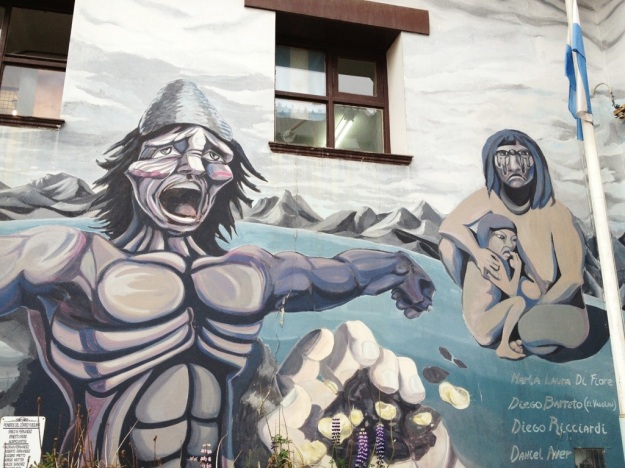
Dusk in Ushuaia
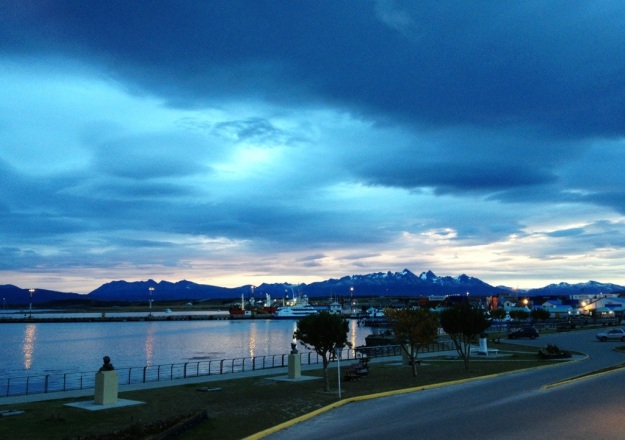
A spectacularly lovely dawn from our hostel
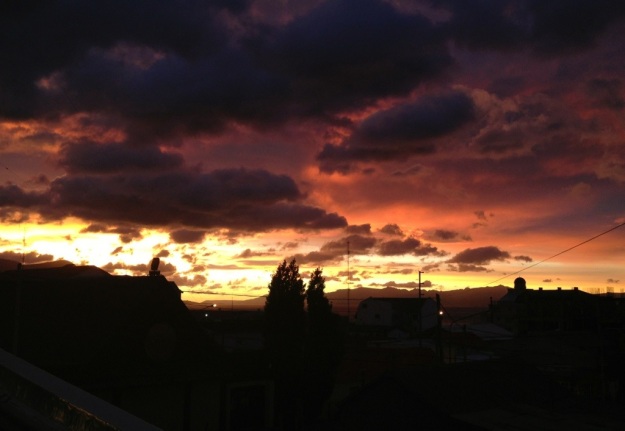
Sailing into the Beagle Channel
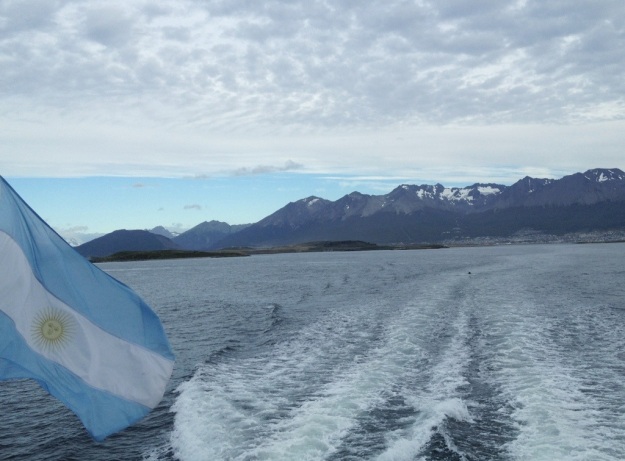
Salty sea lions

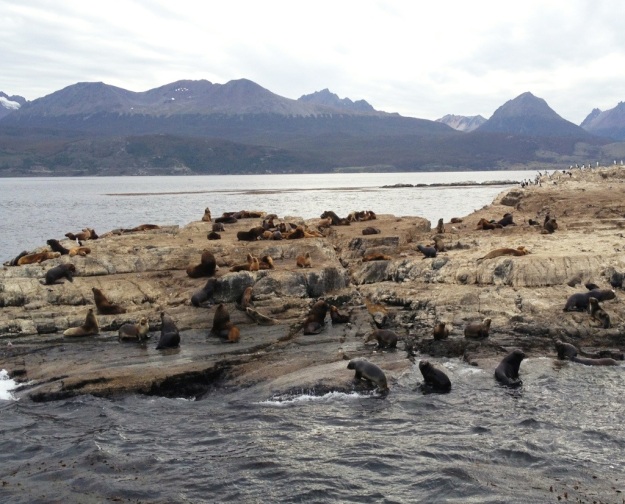
Les Eclaireurs, aka The Lighthouse at the end of the world.
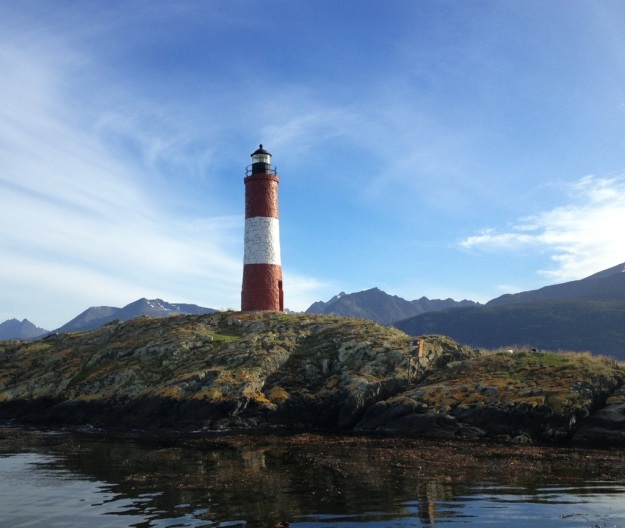
One of the many cargo ships in port
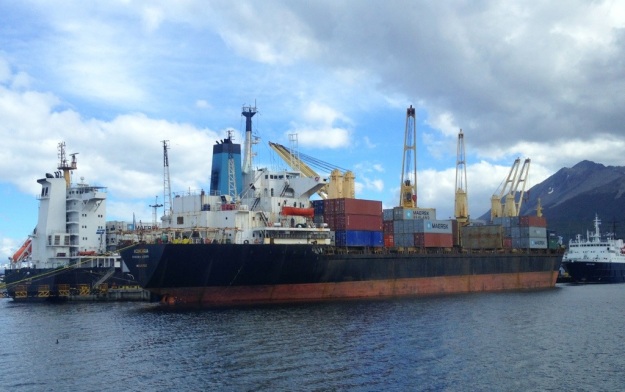
Penguins!
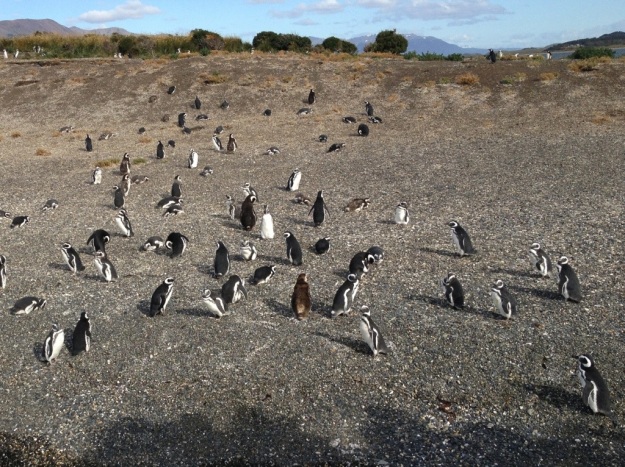
More penguins!

Details of the beach at the Tierra del Fuego National Park
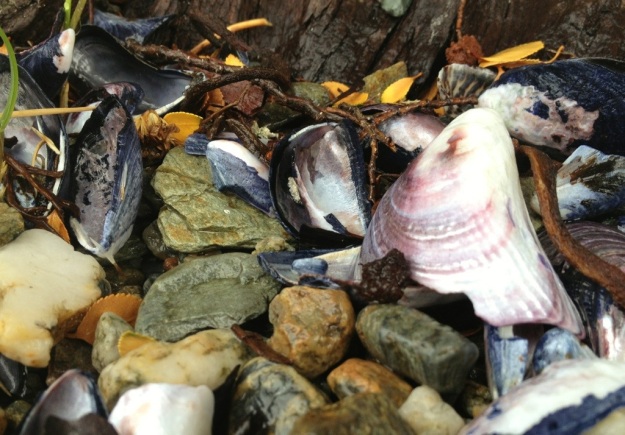
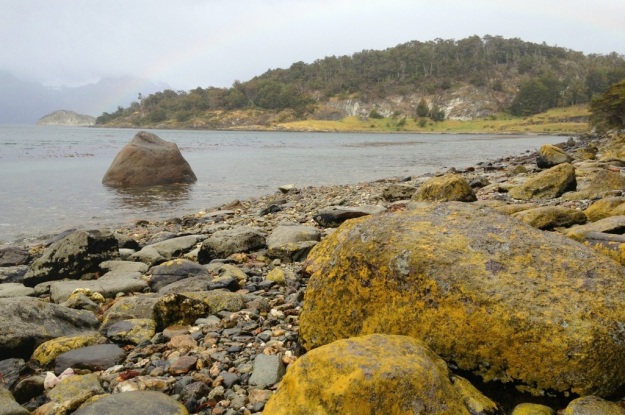
Sunshine and rain = rainbows!
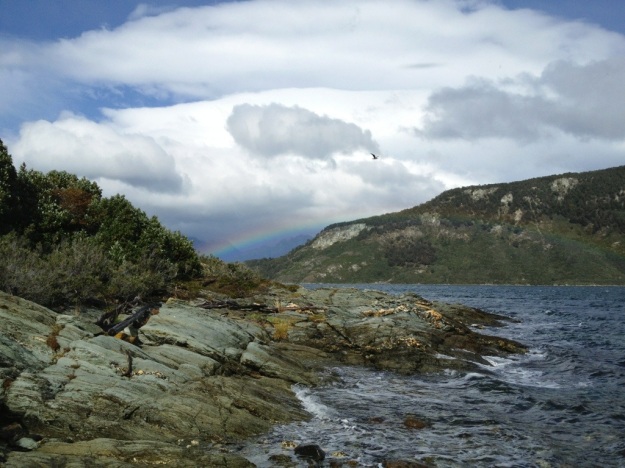
Lovely views on the Tierra del Fuego National Park

More rainbows!

Literally the end of the (very long) road

Our cosy hostel Antatctica
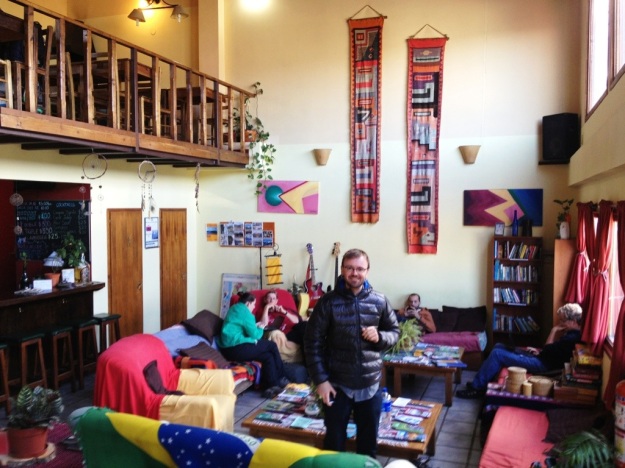
This guy arrived the morning we left having driven all the way from Alaska. As you can imagine Jon was itching to make a similar trip. Maybe an epic European bike trip is on the horizon?
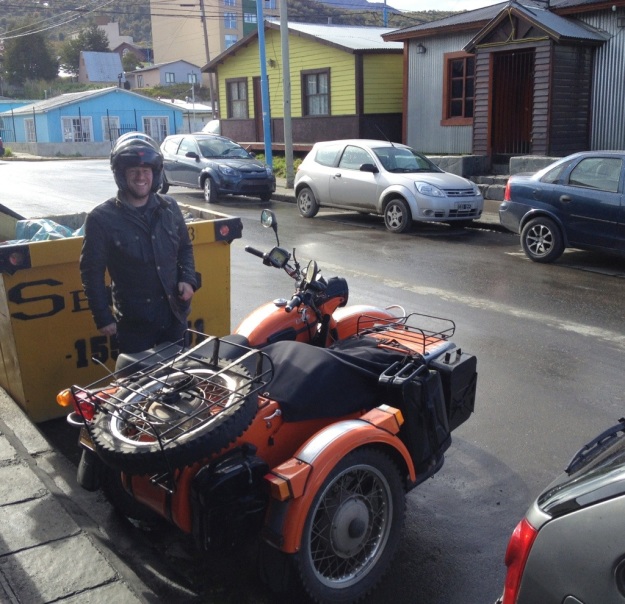
City views
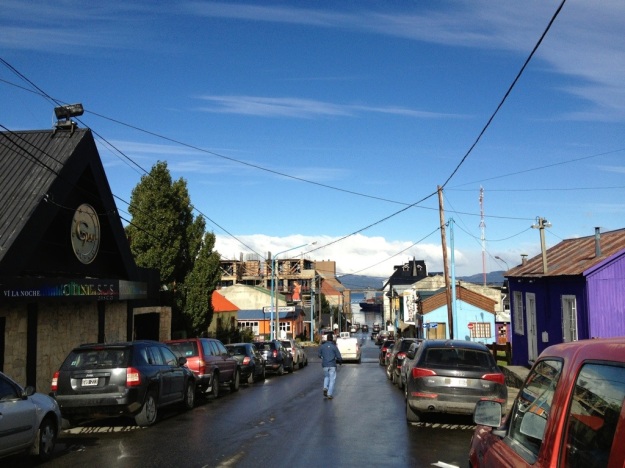
The gorgeous airport, if only they always looked this stunning
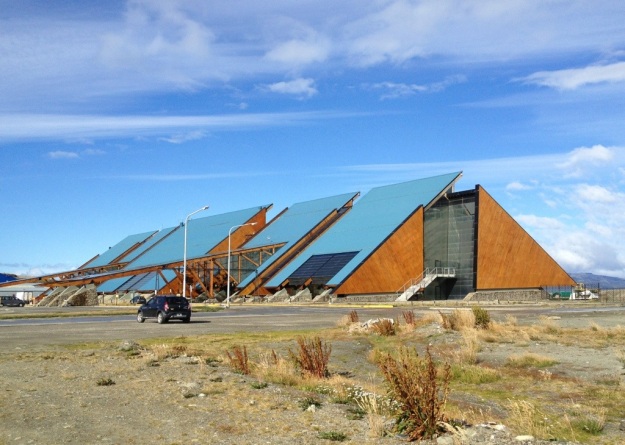
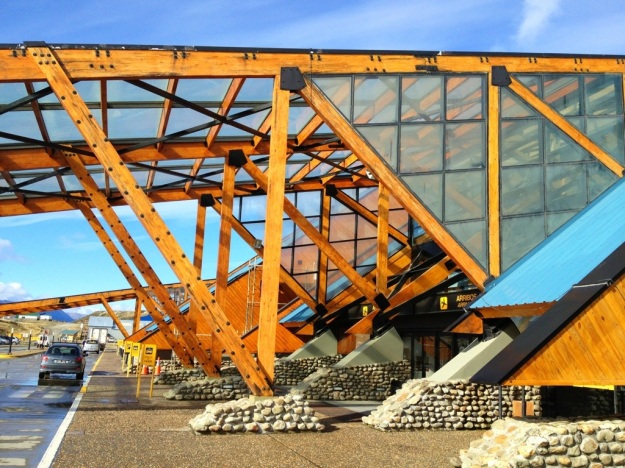
Our final look at the end of the world
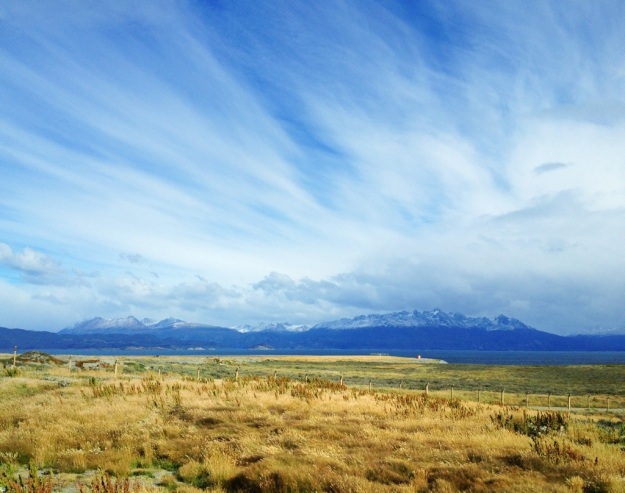
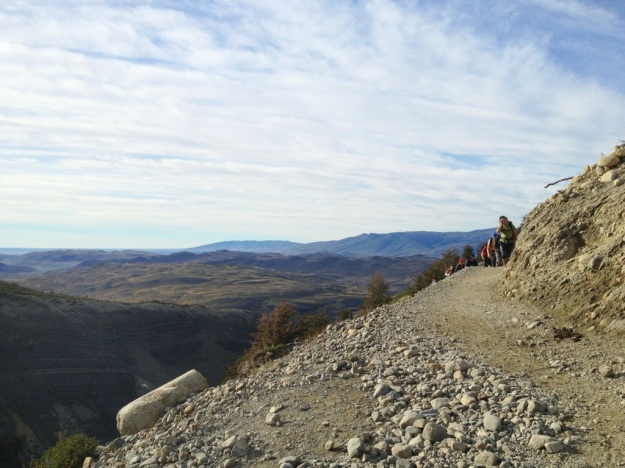
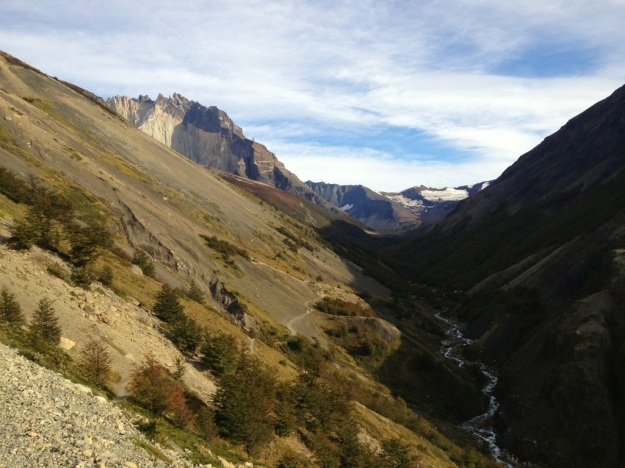
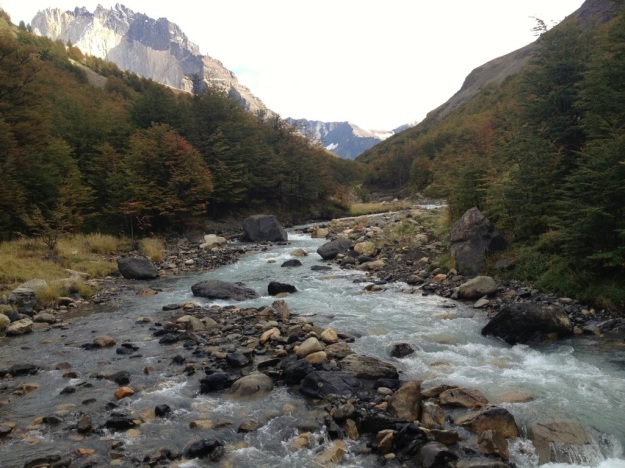


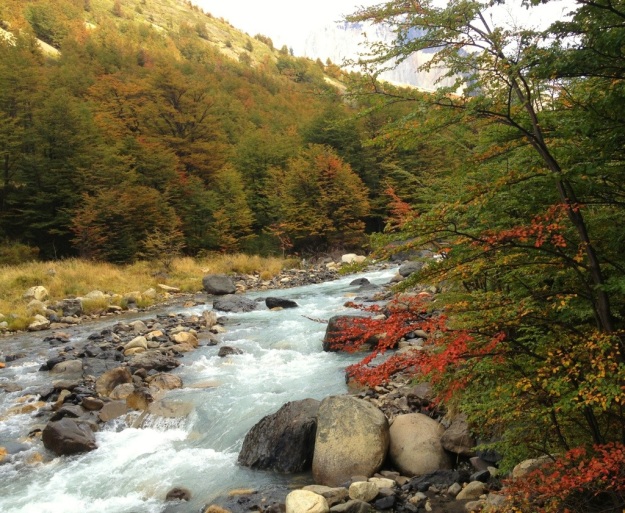


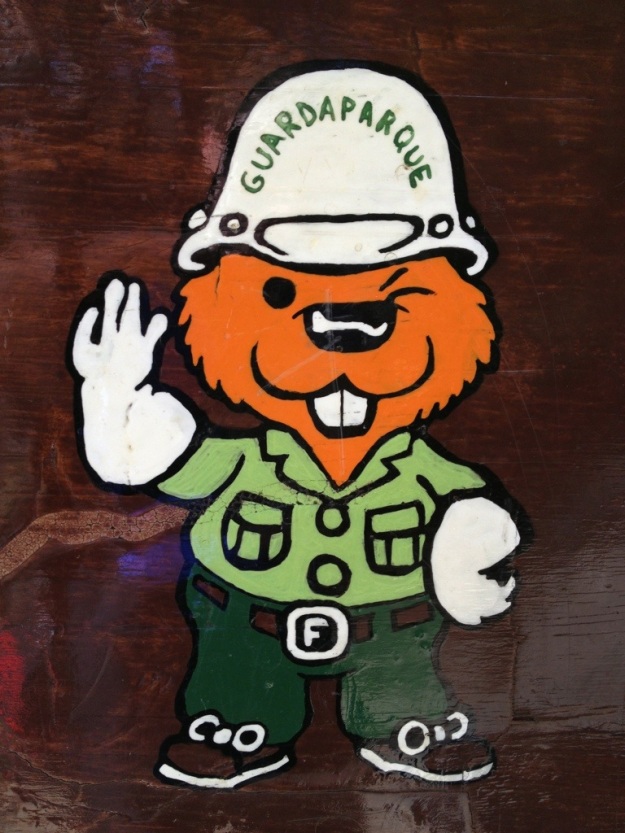

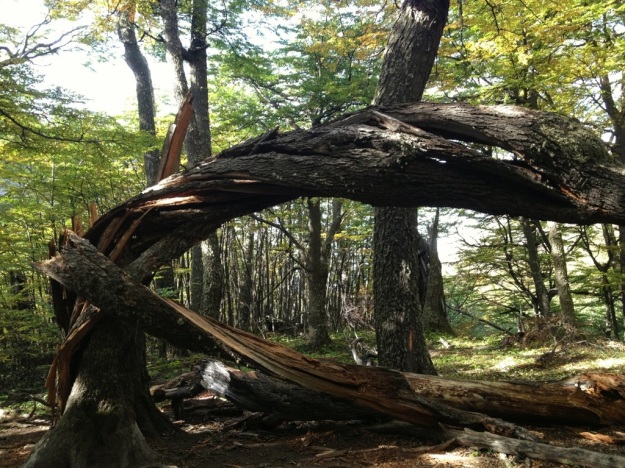
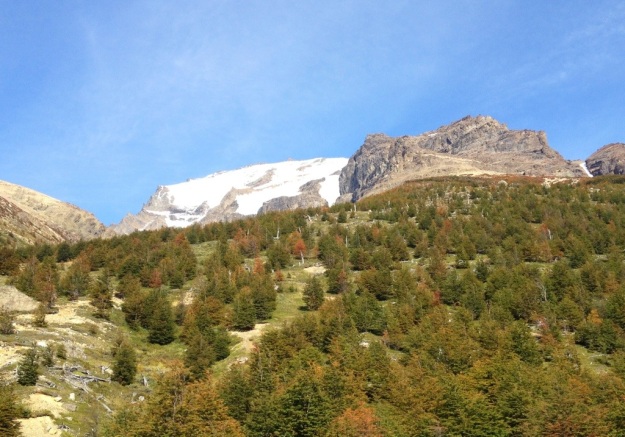
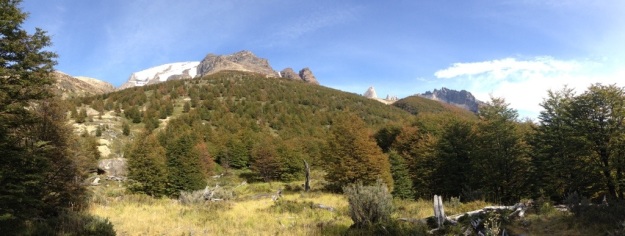
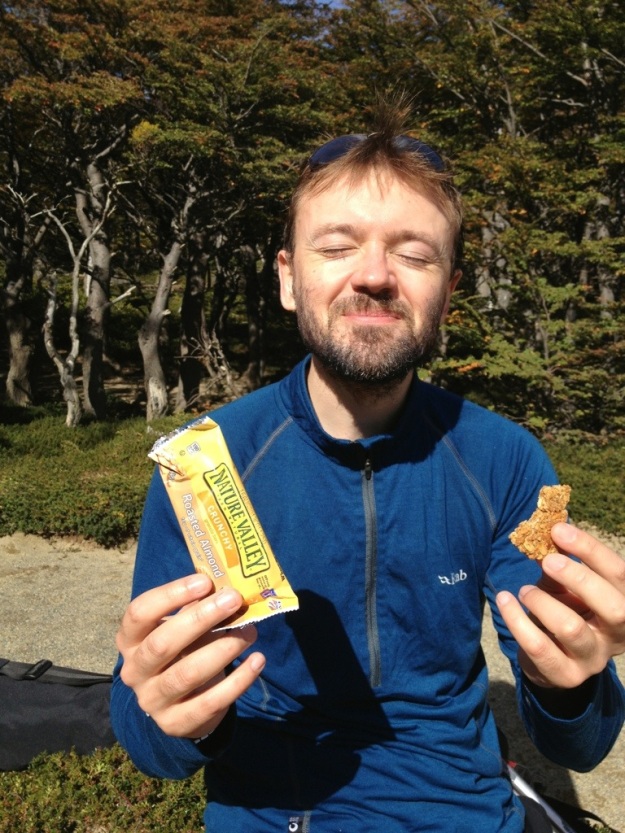
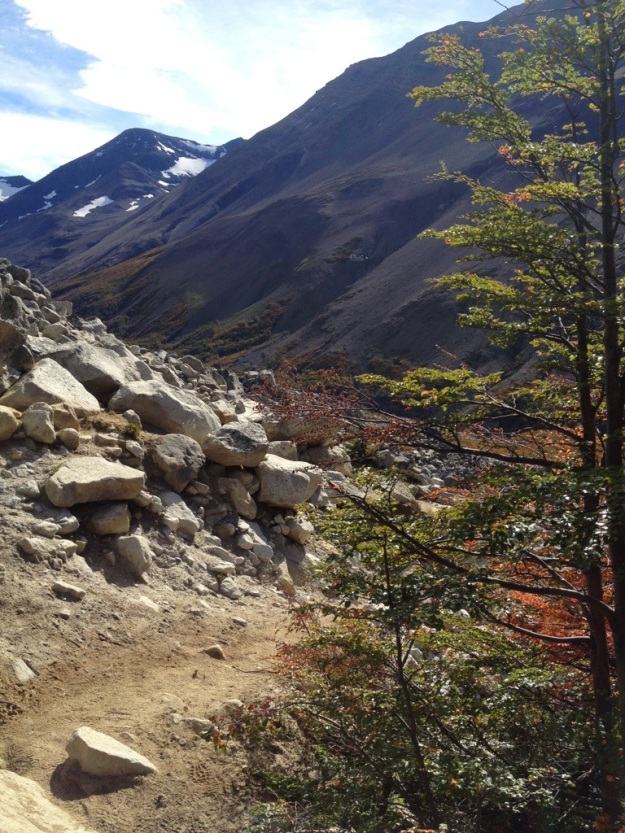

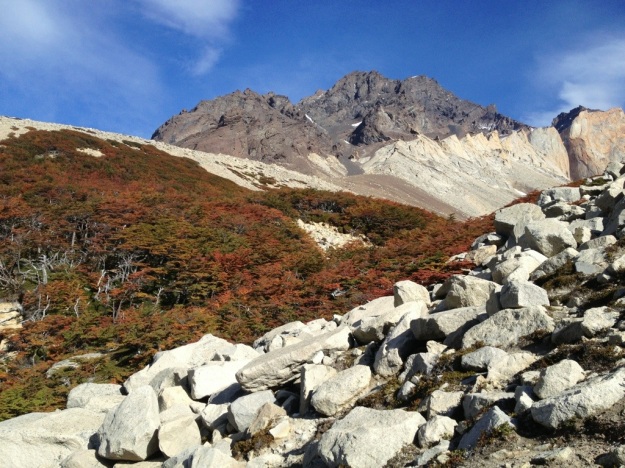

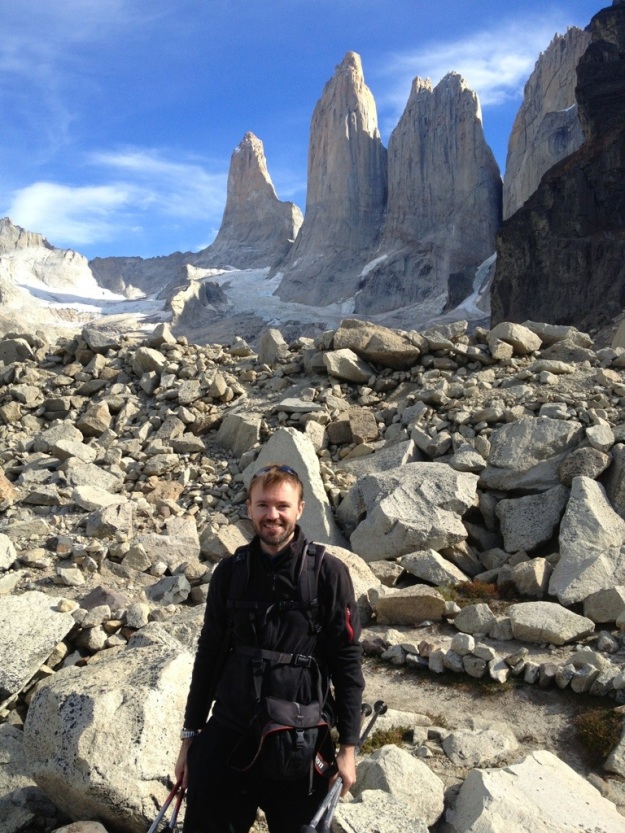
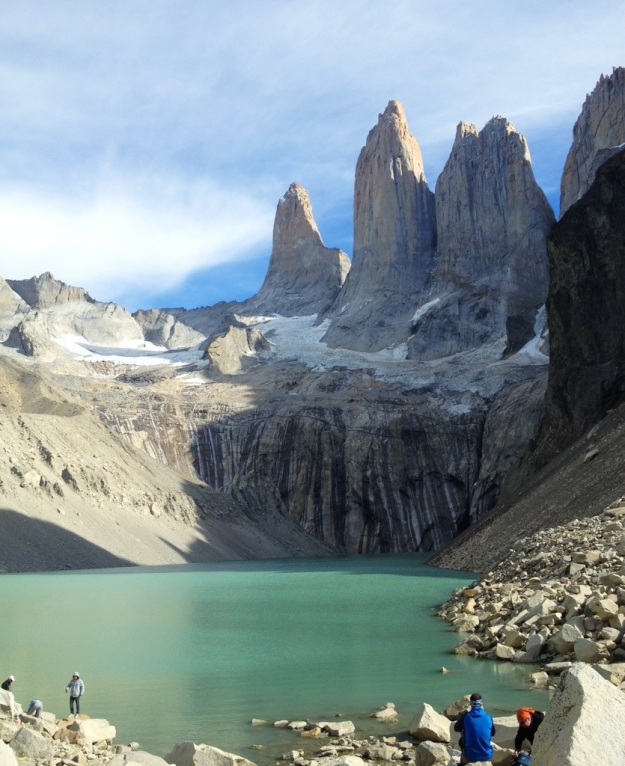
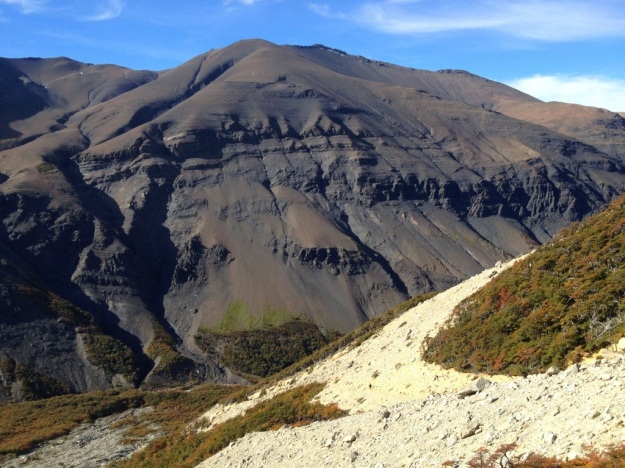

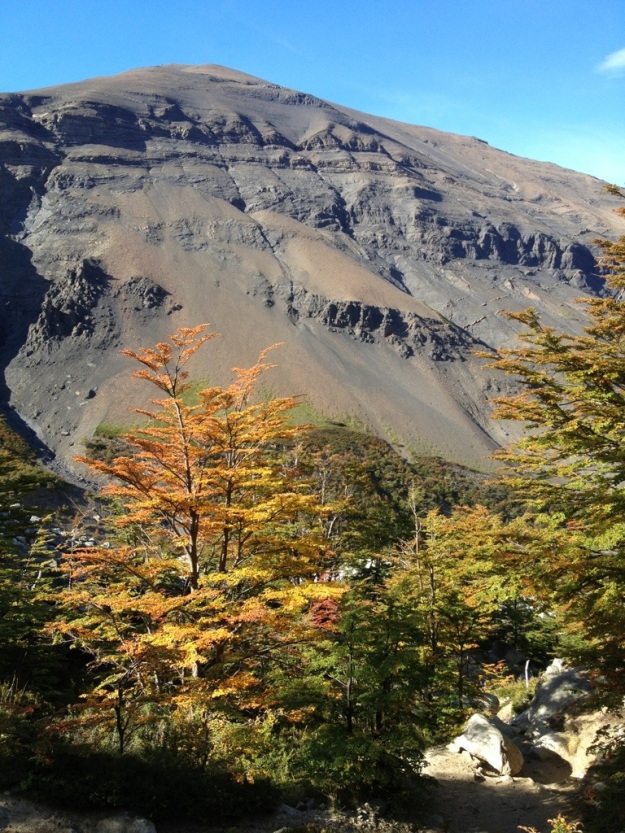
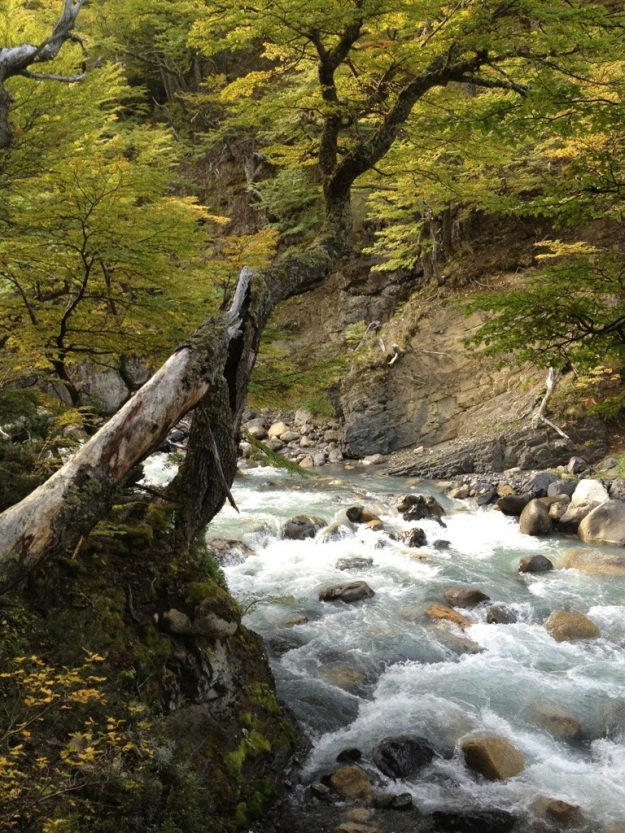
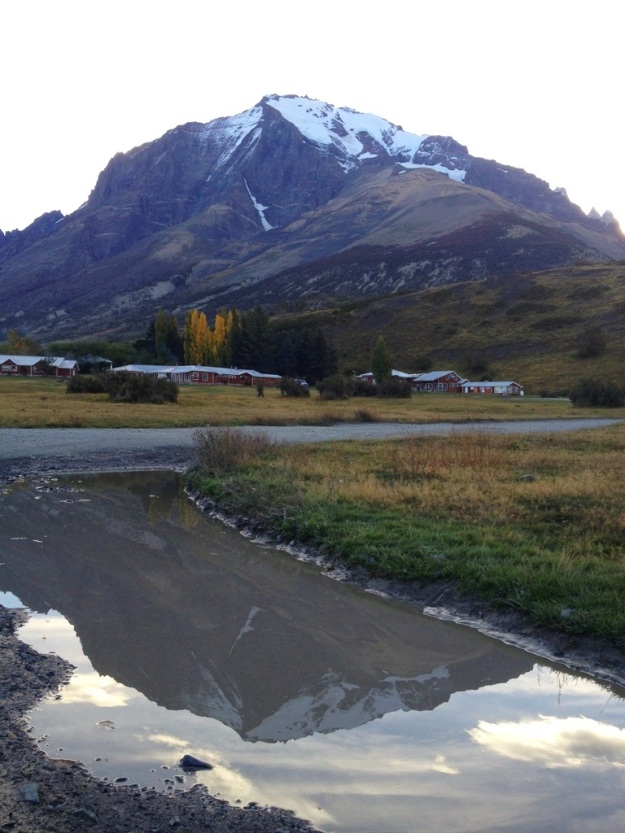
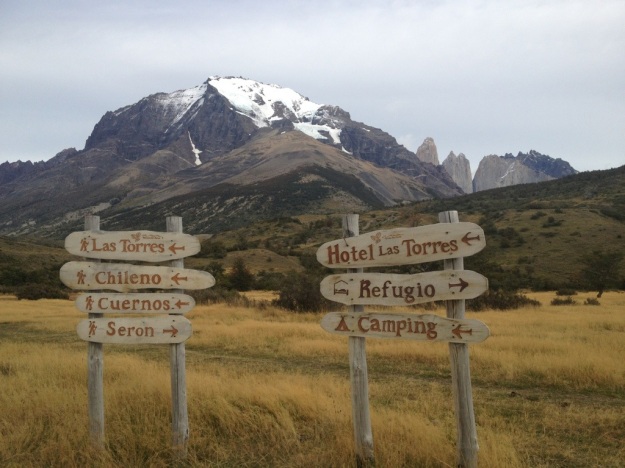
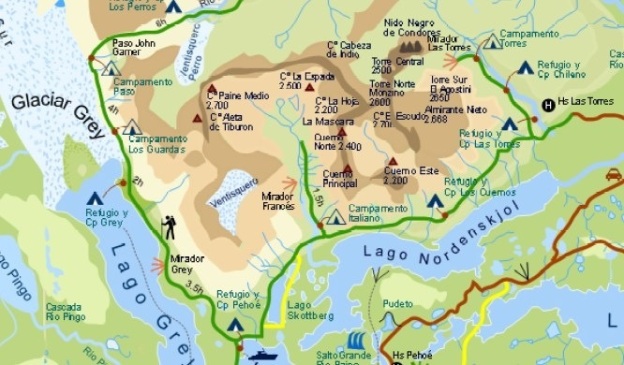
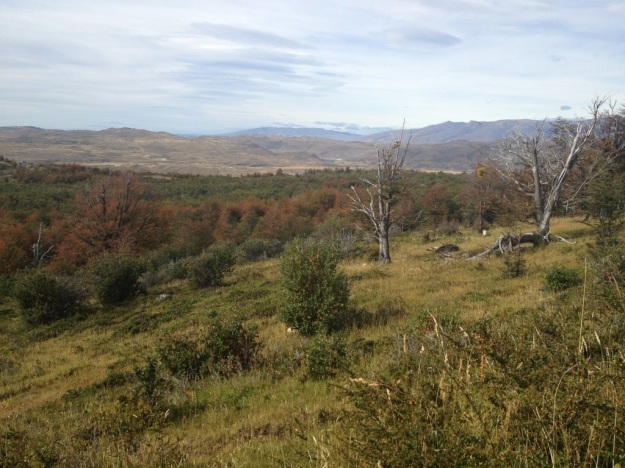
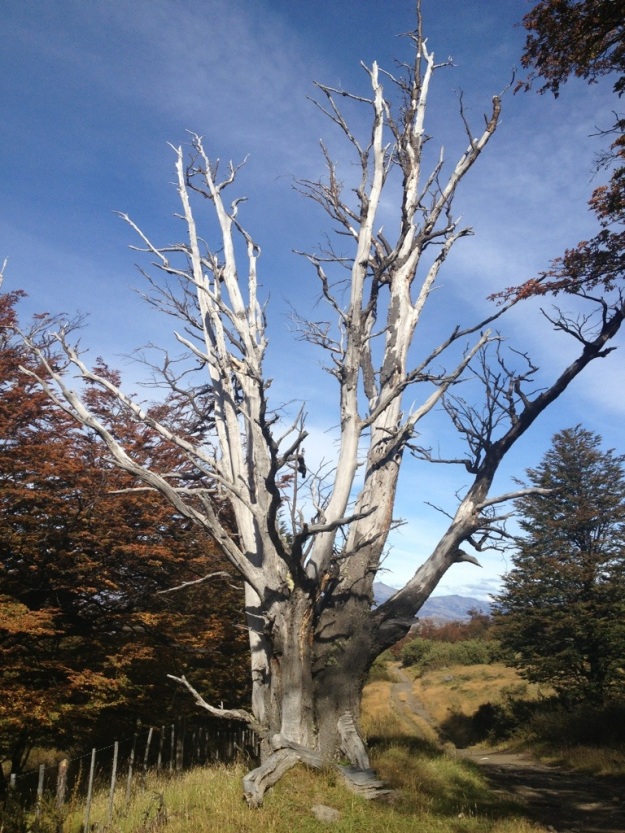
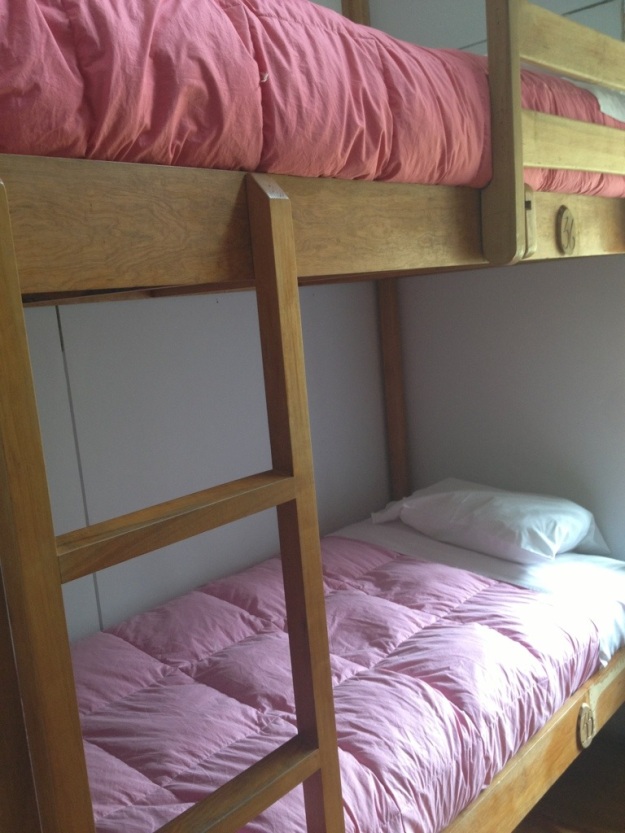
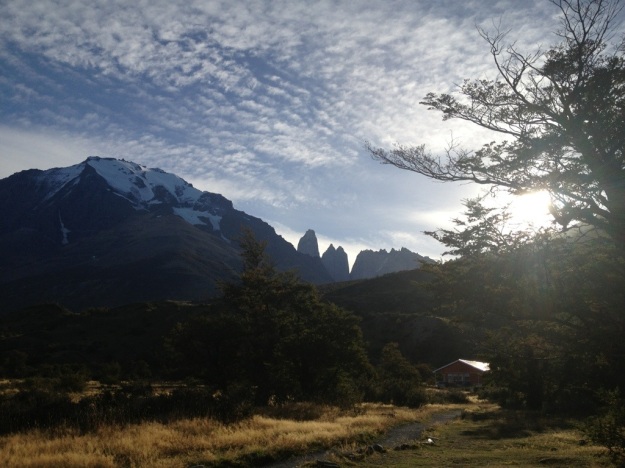
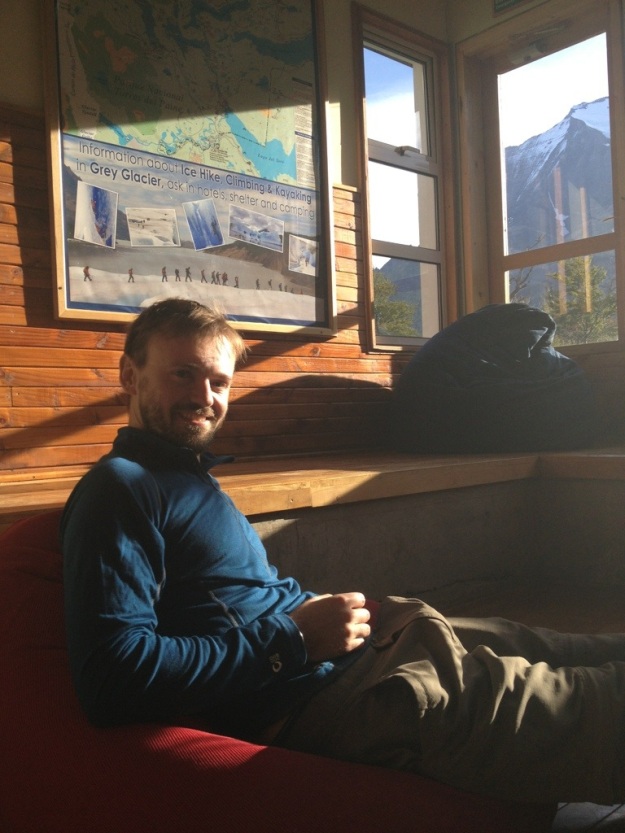
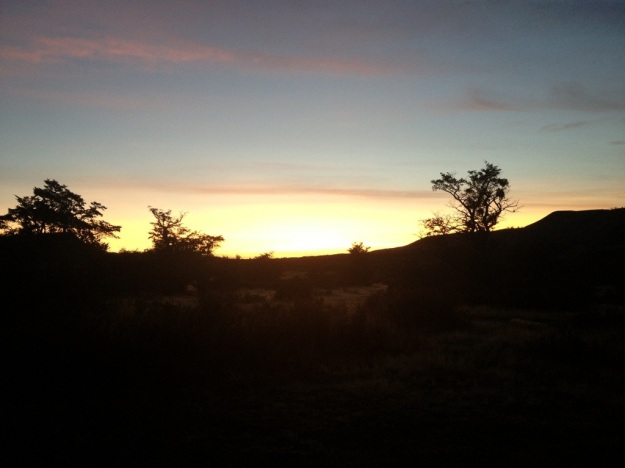
 </a
</a